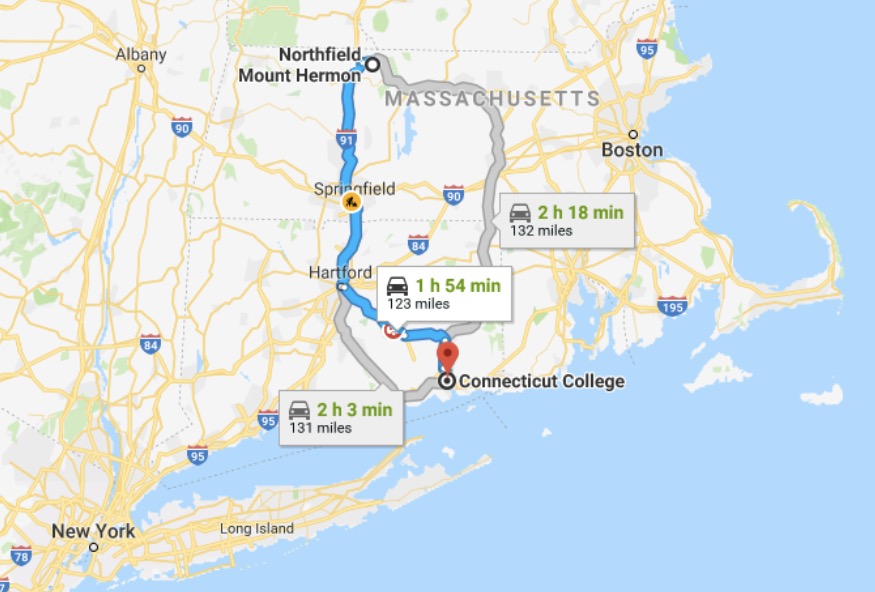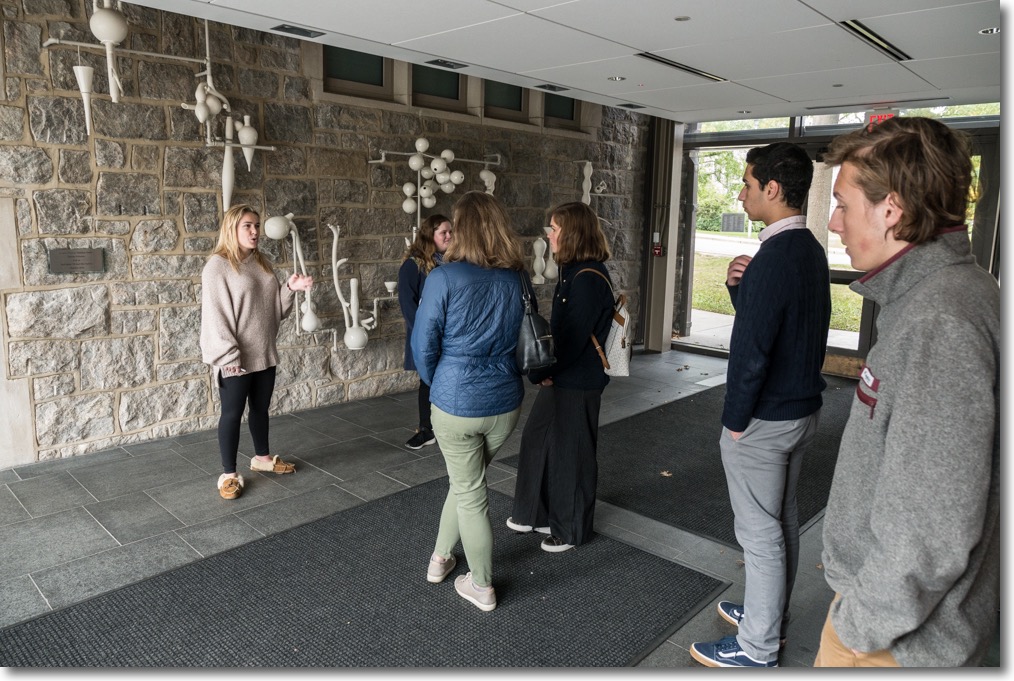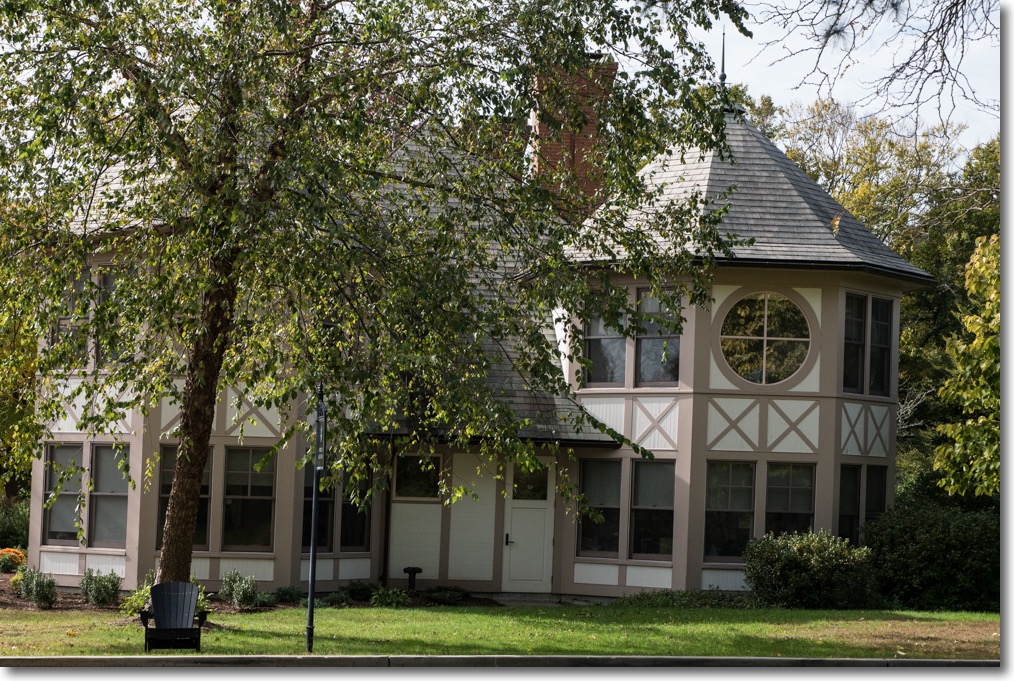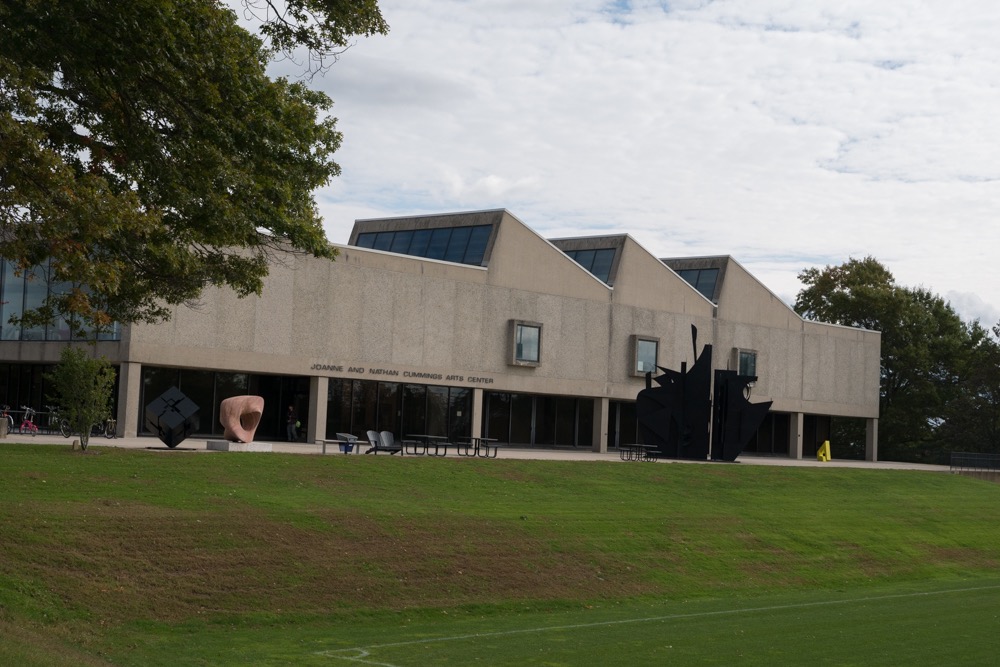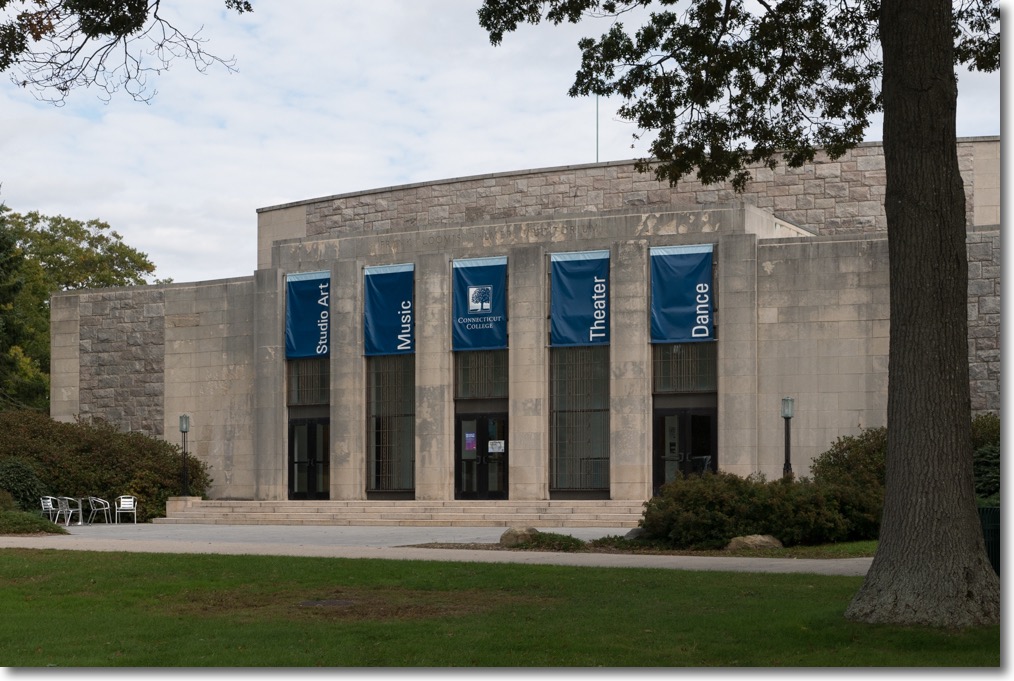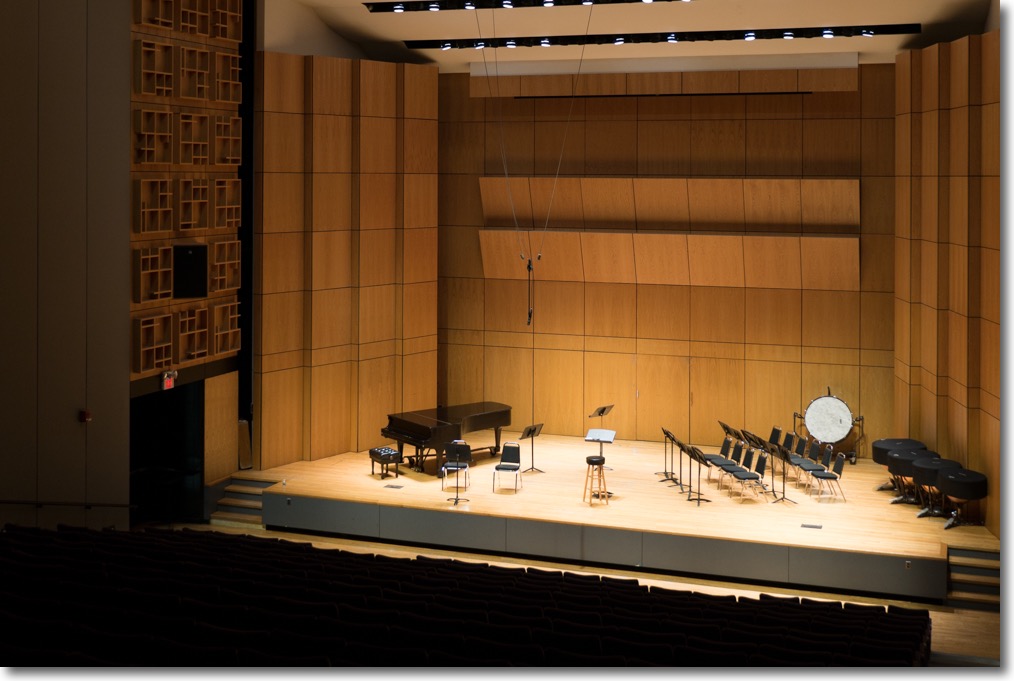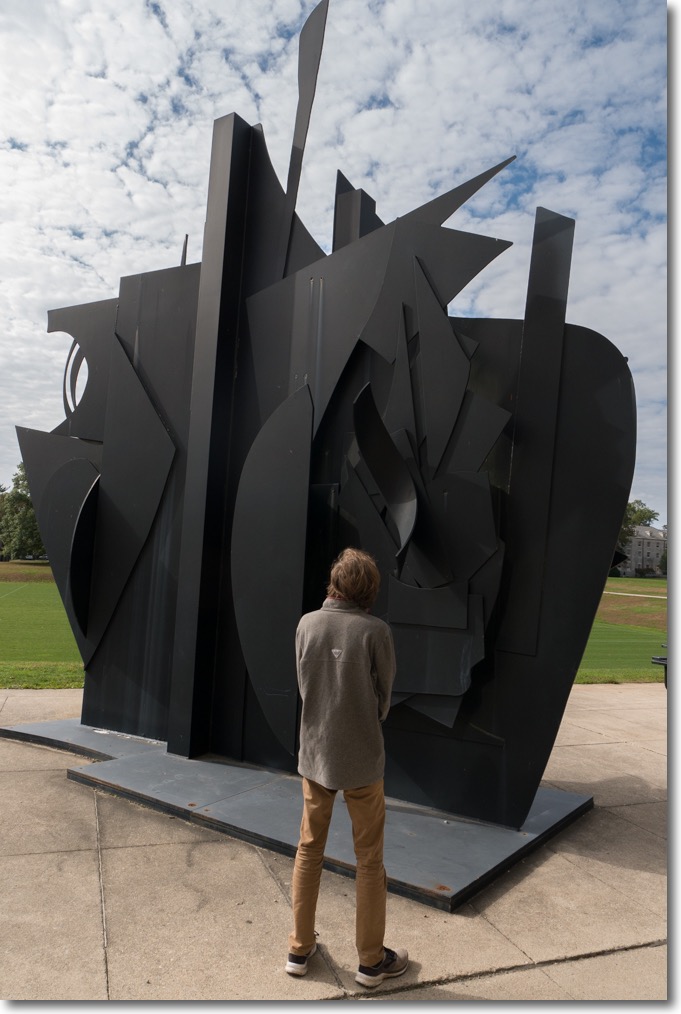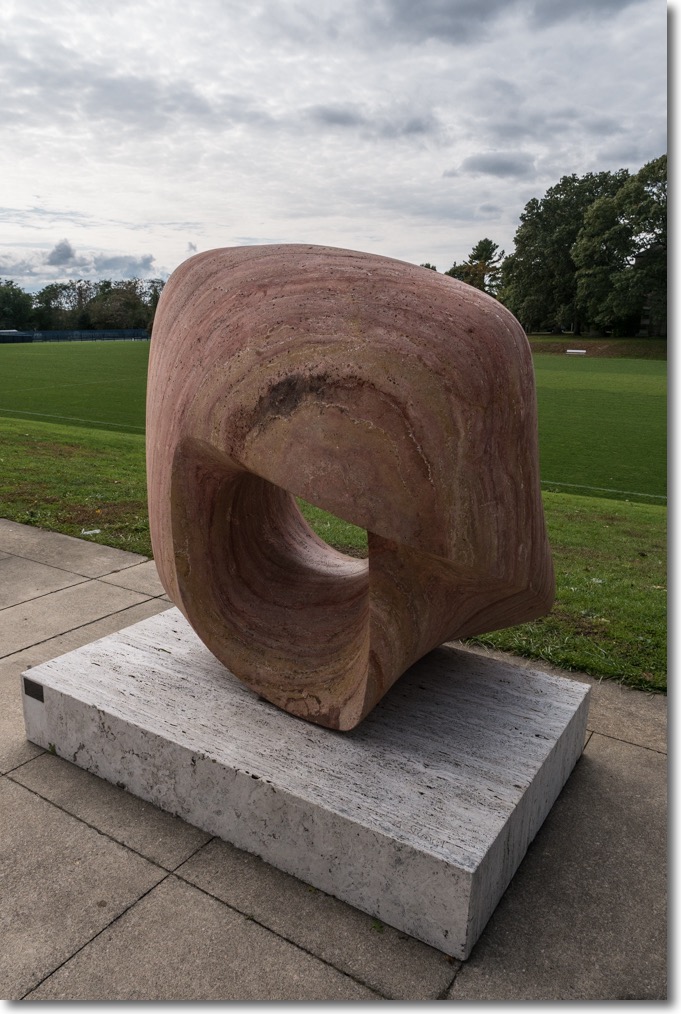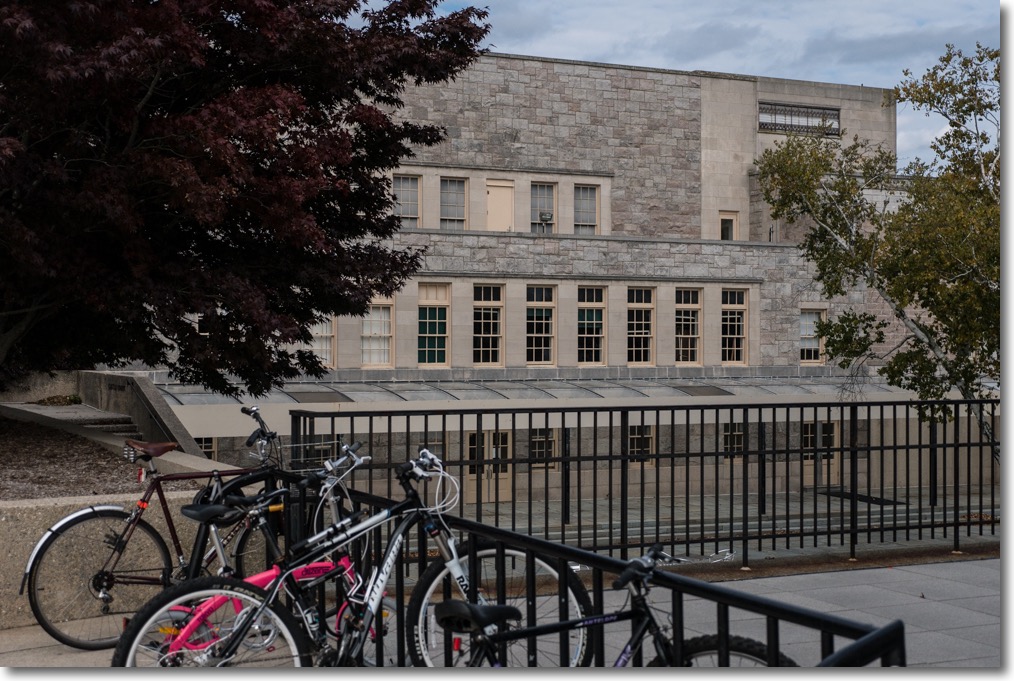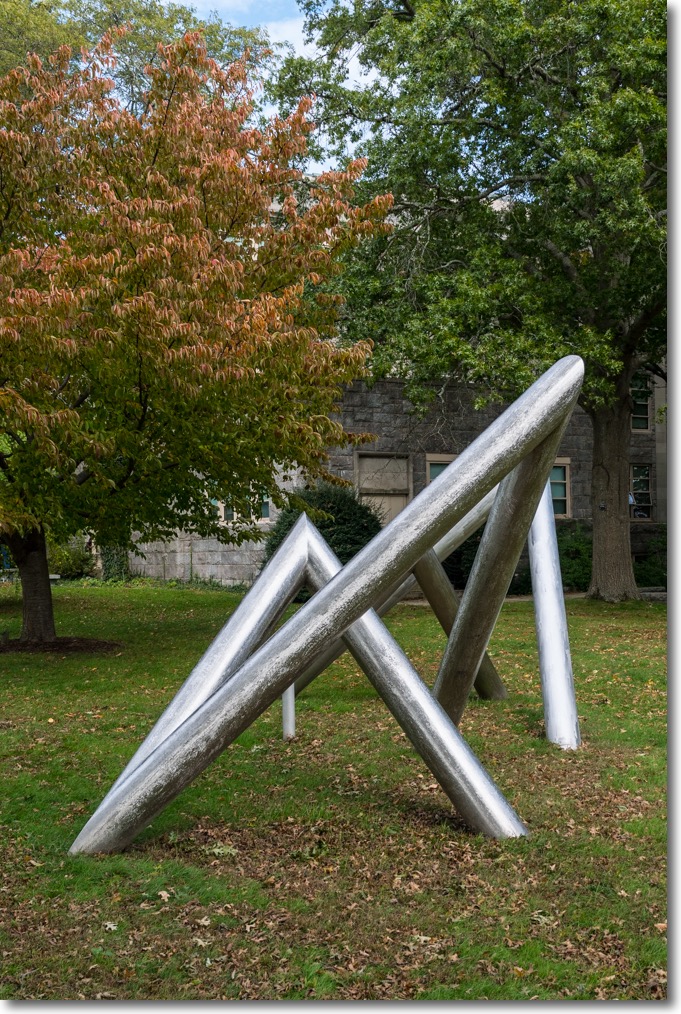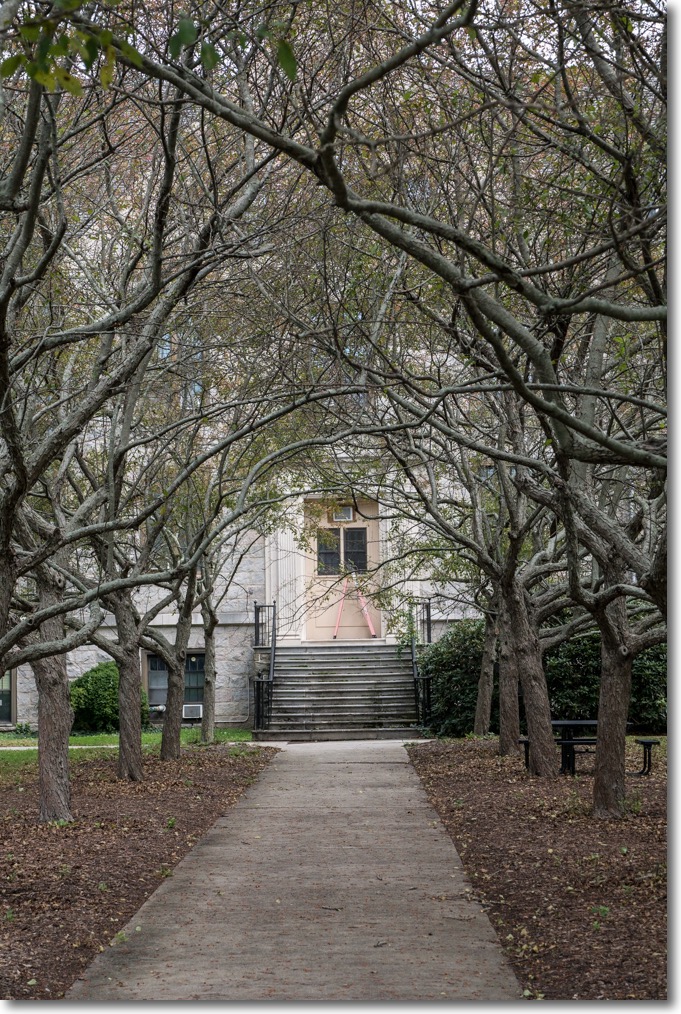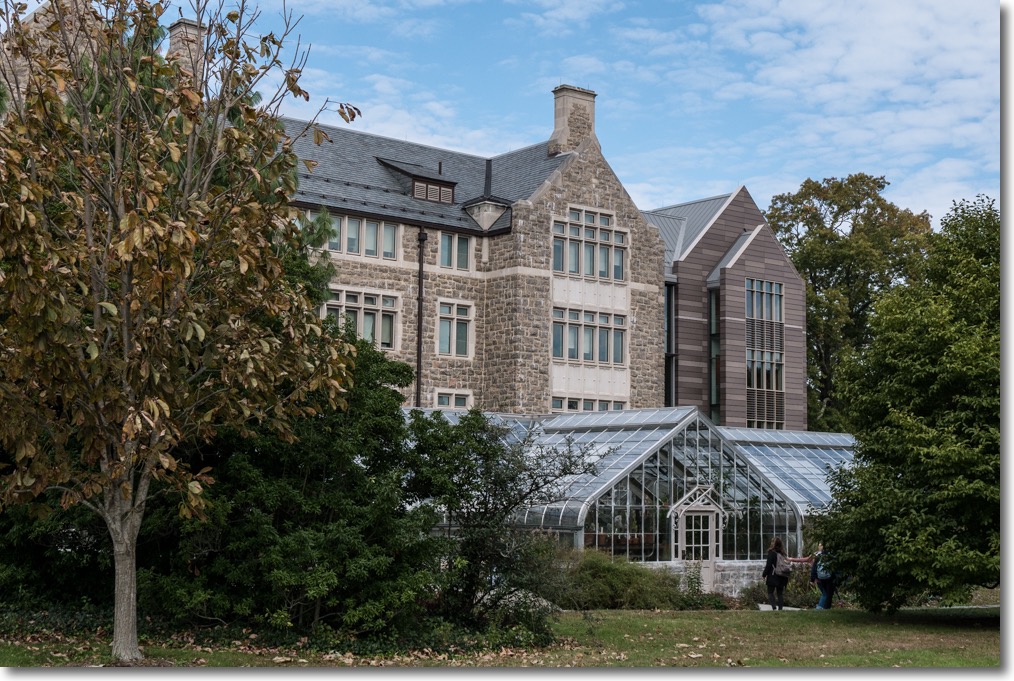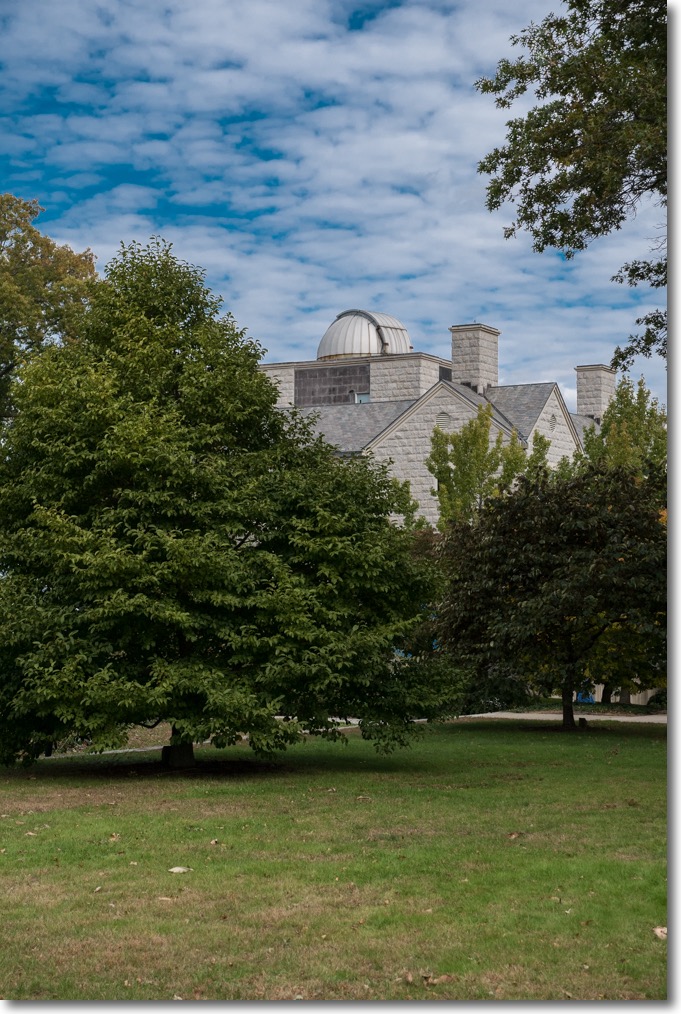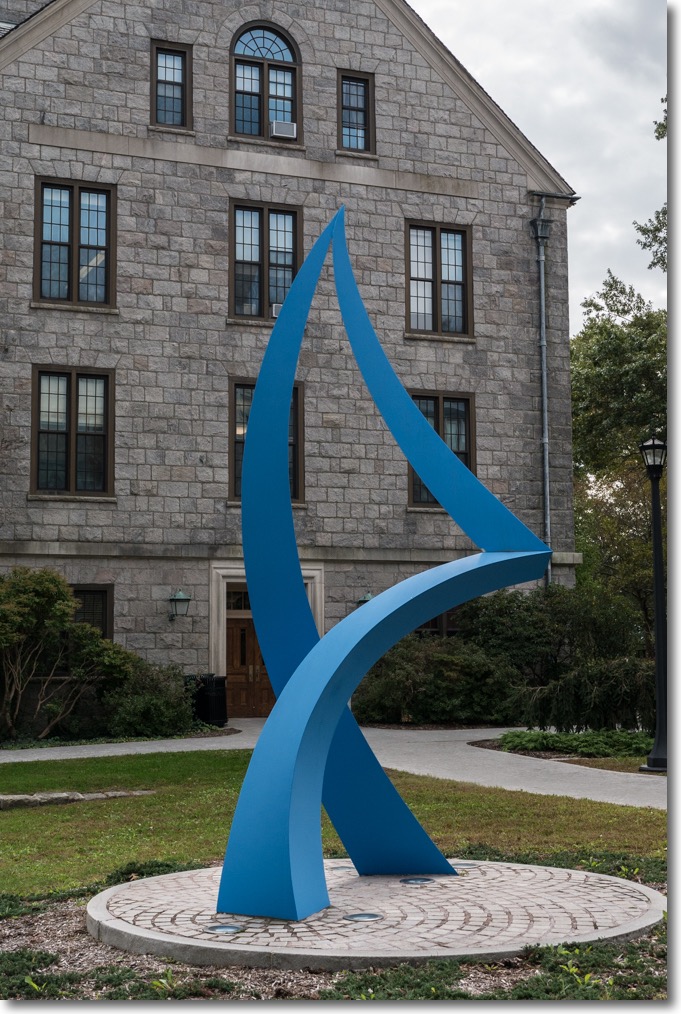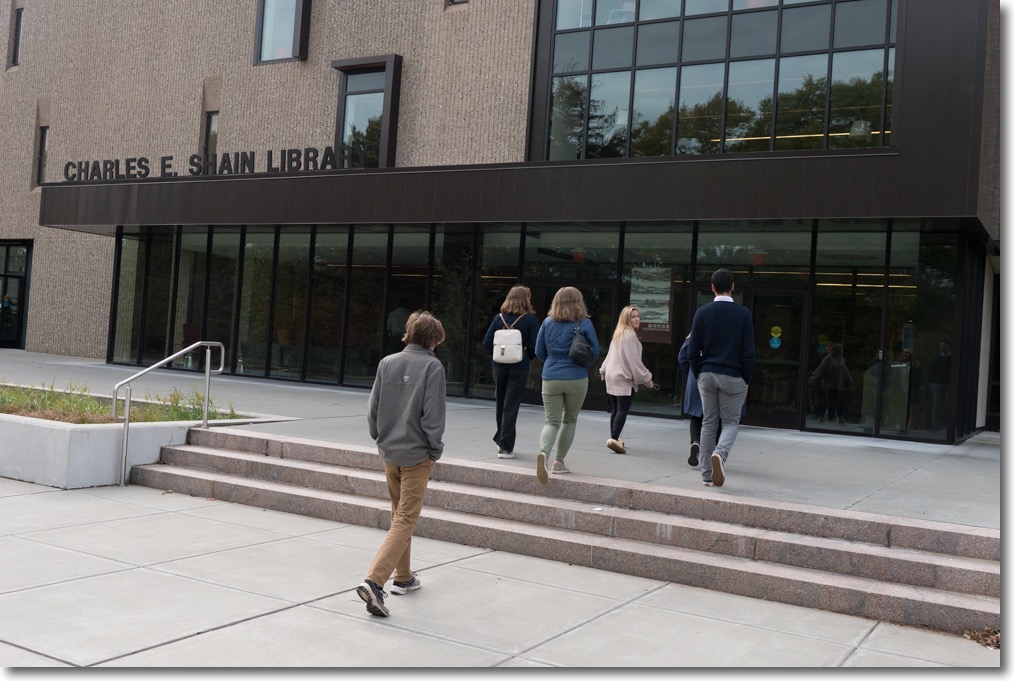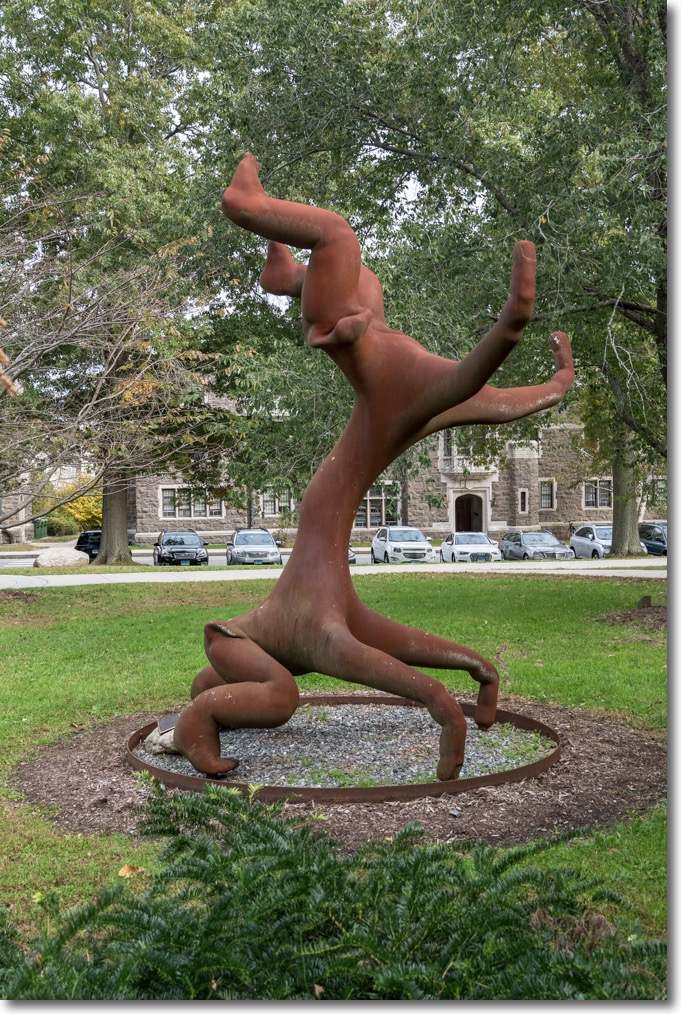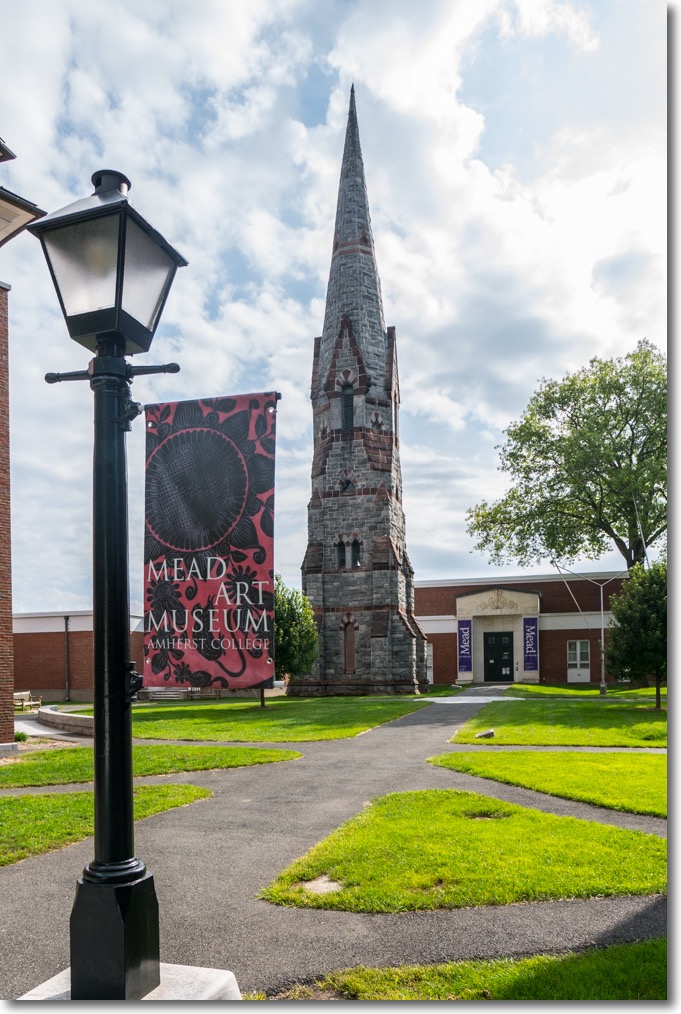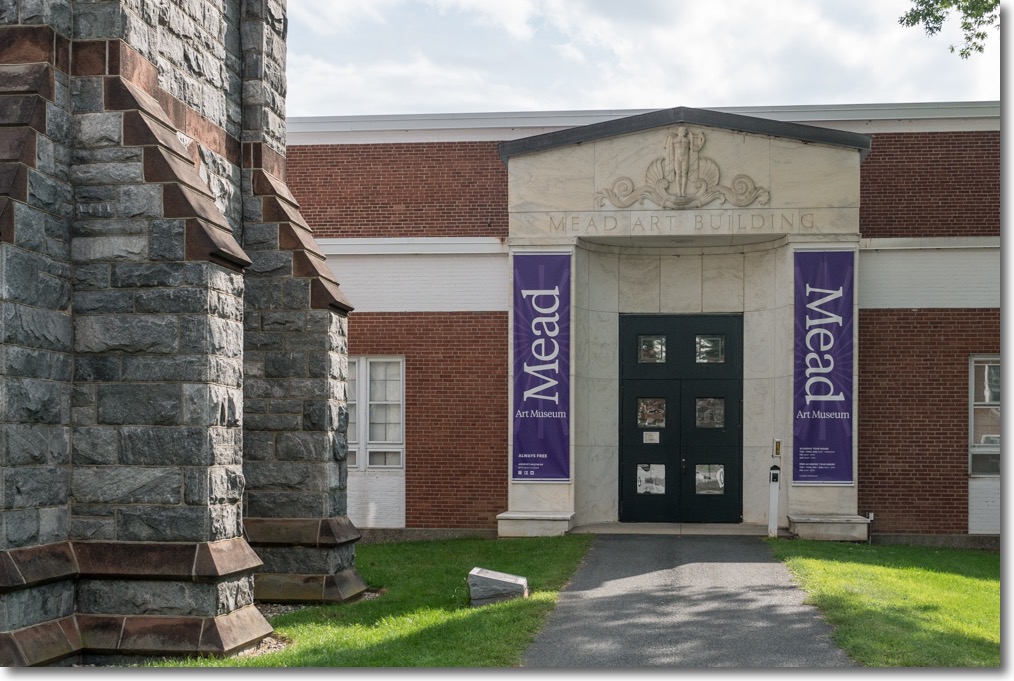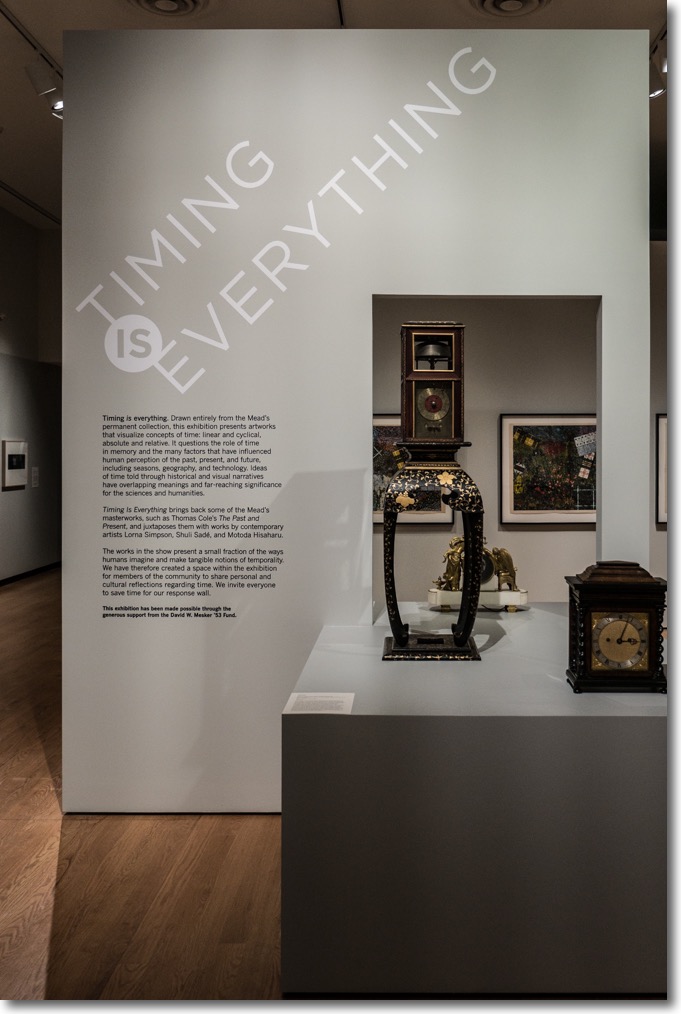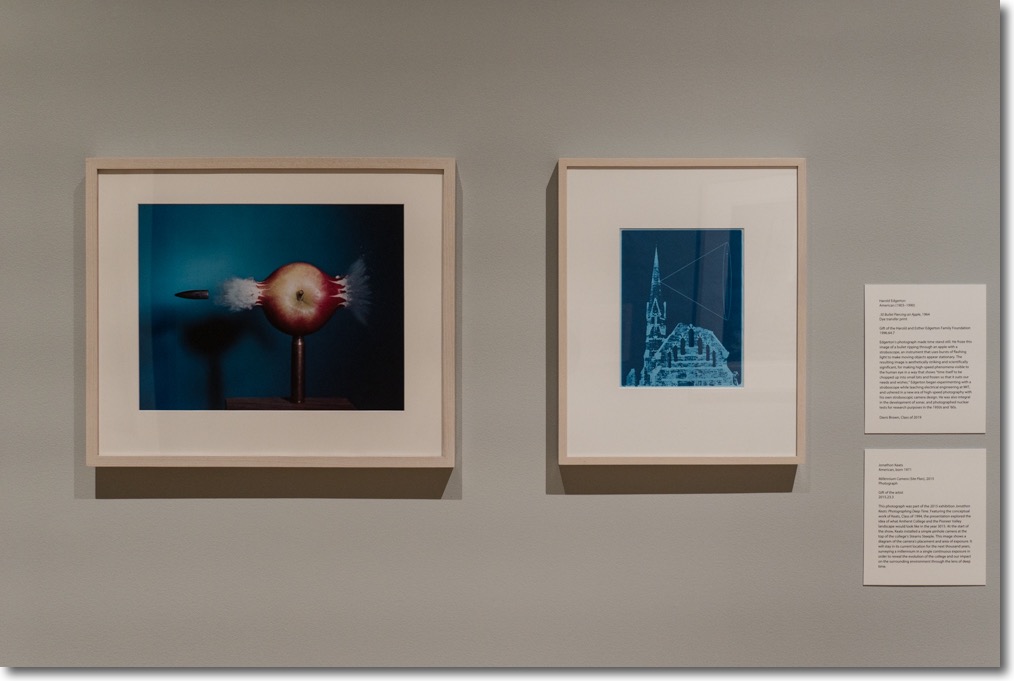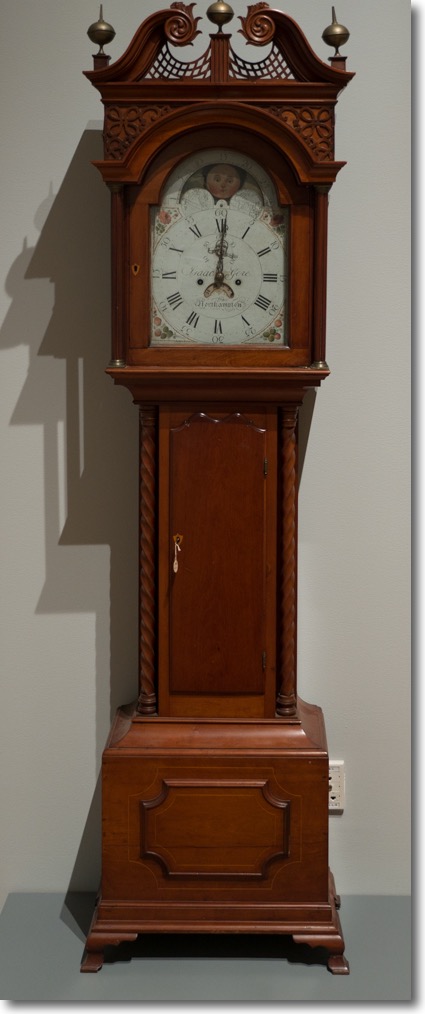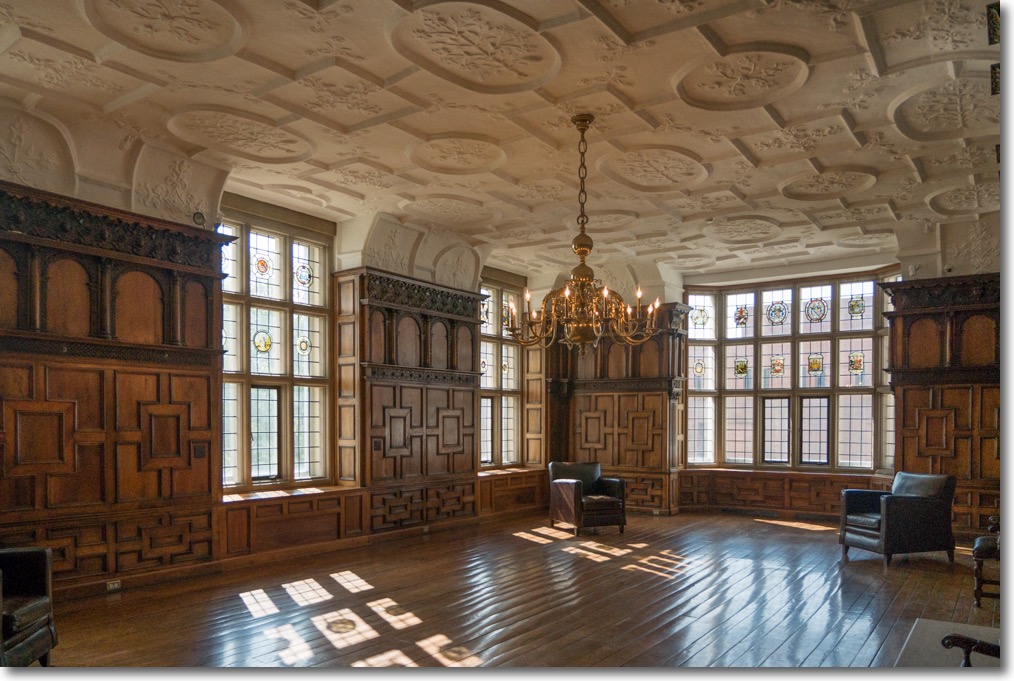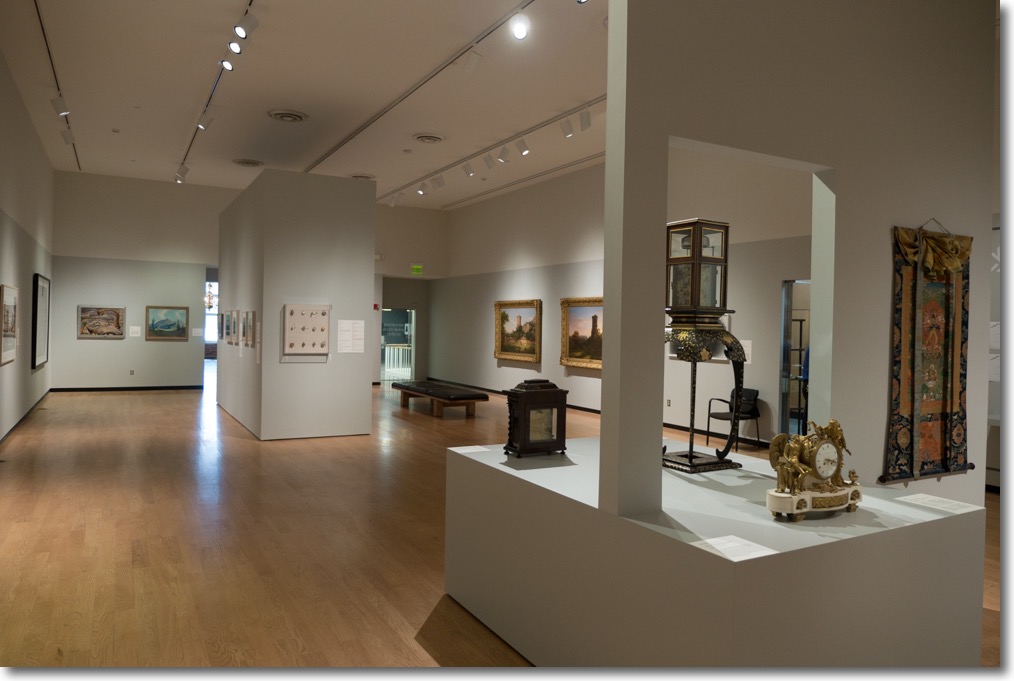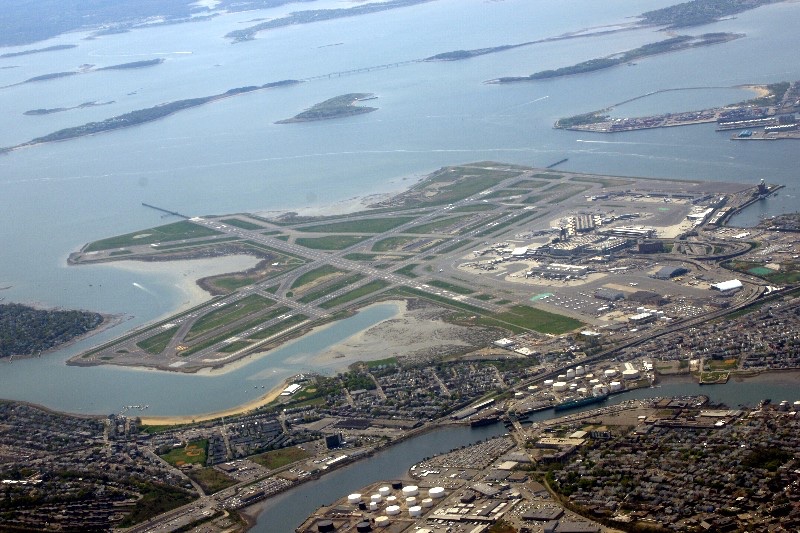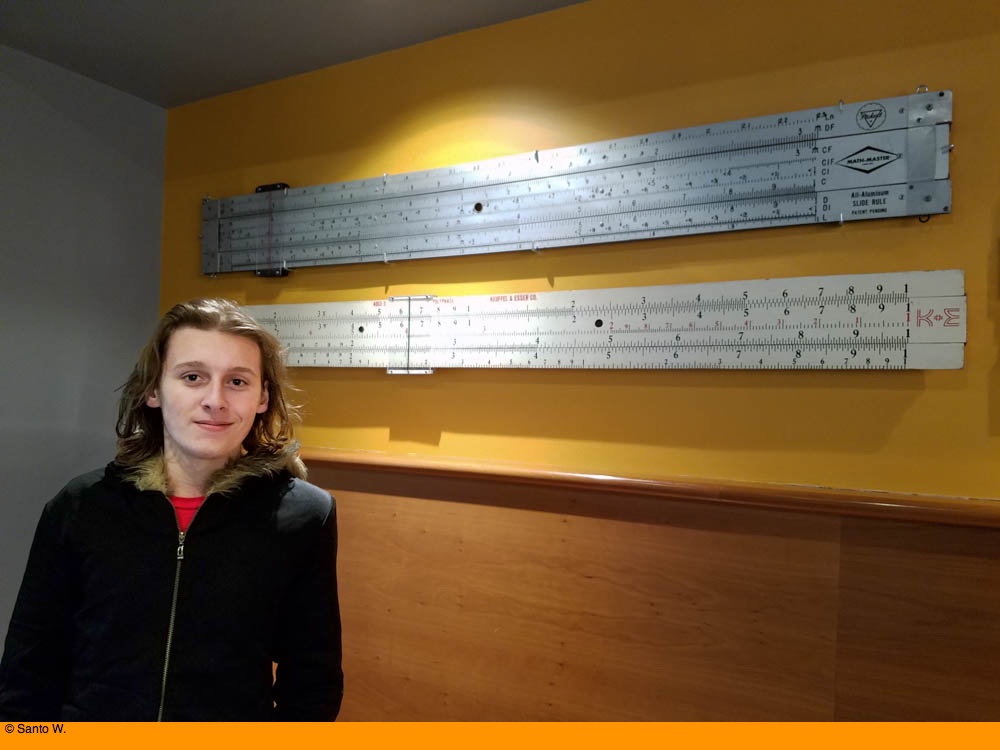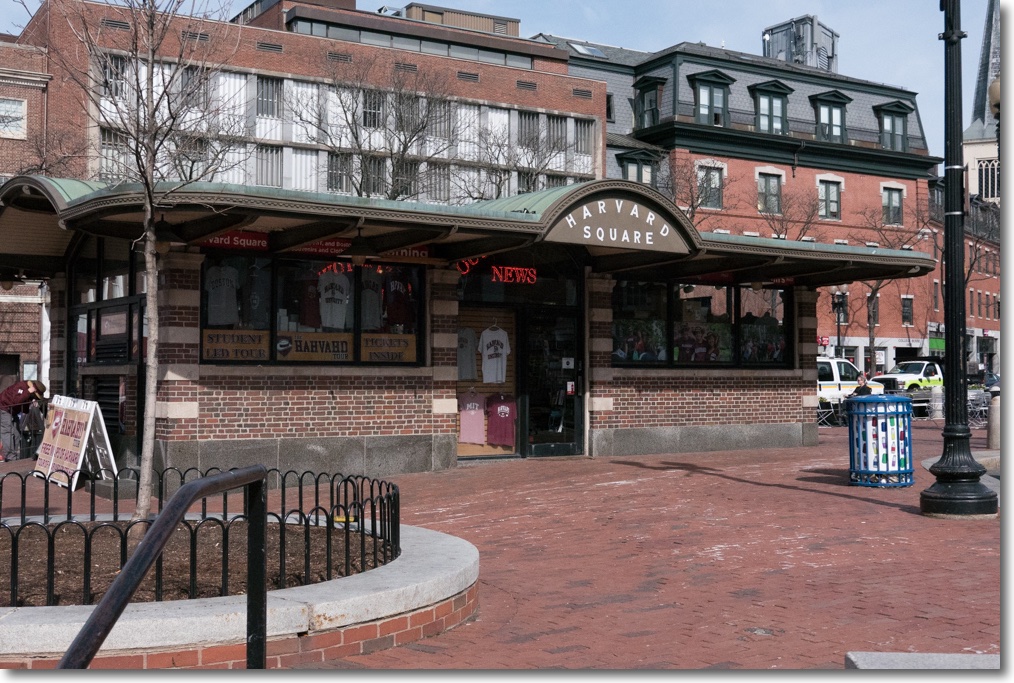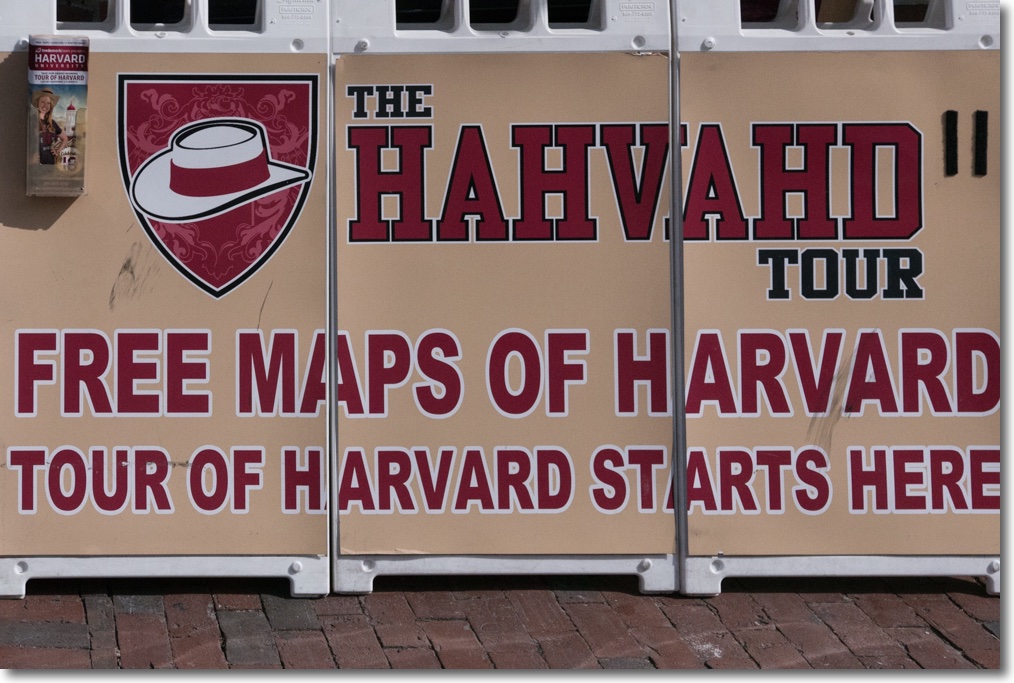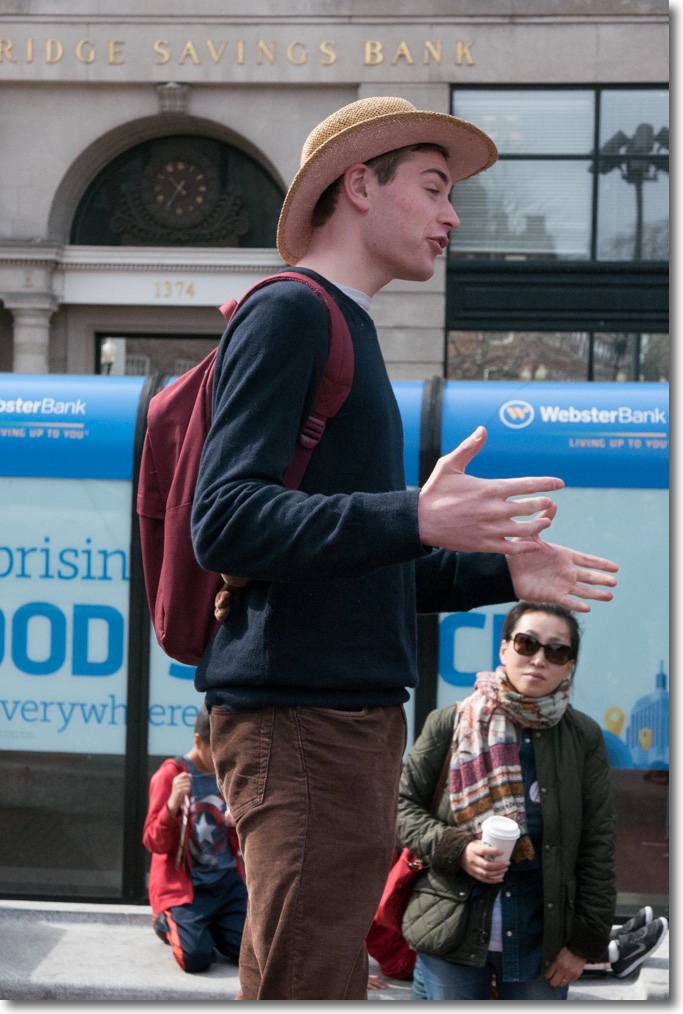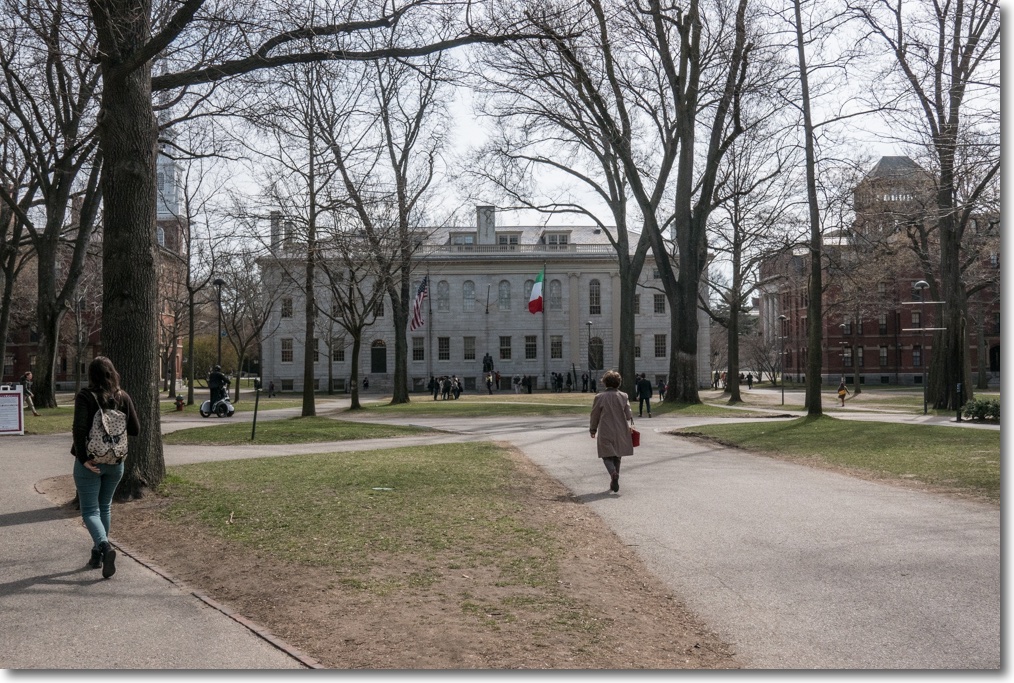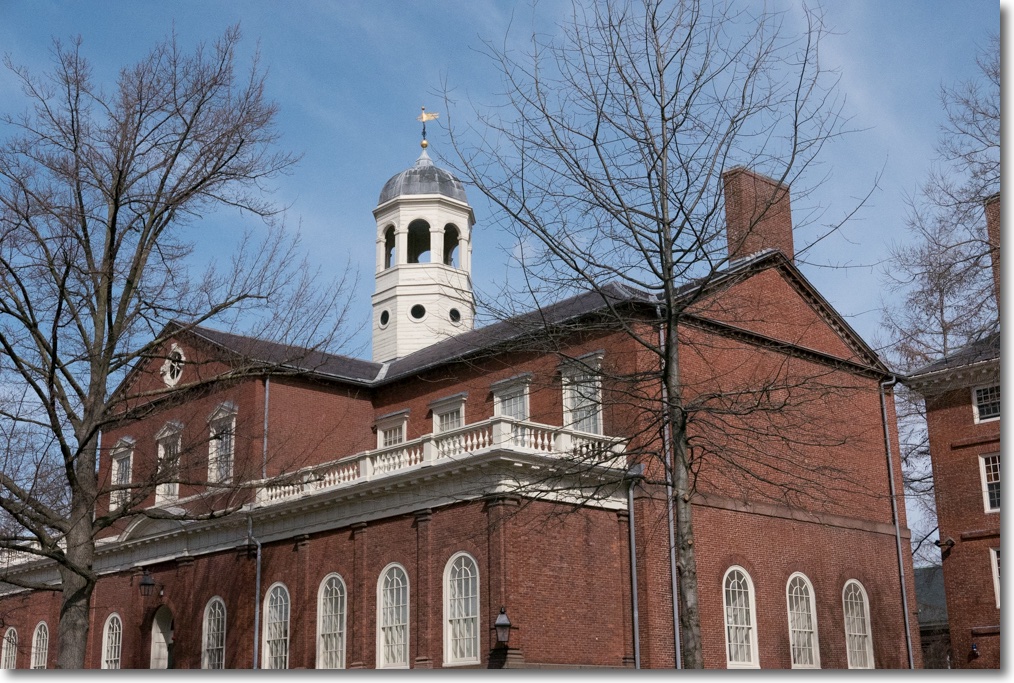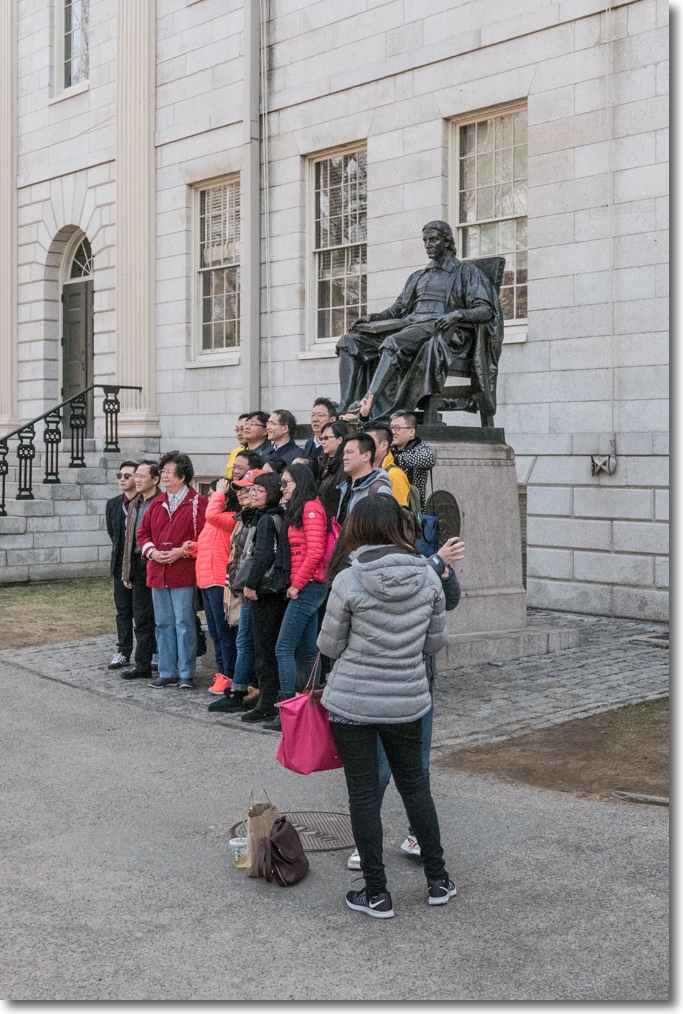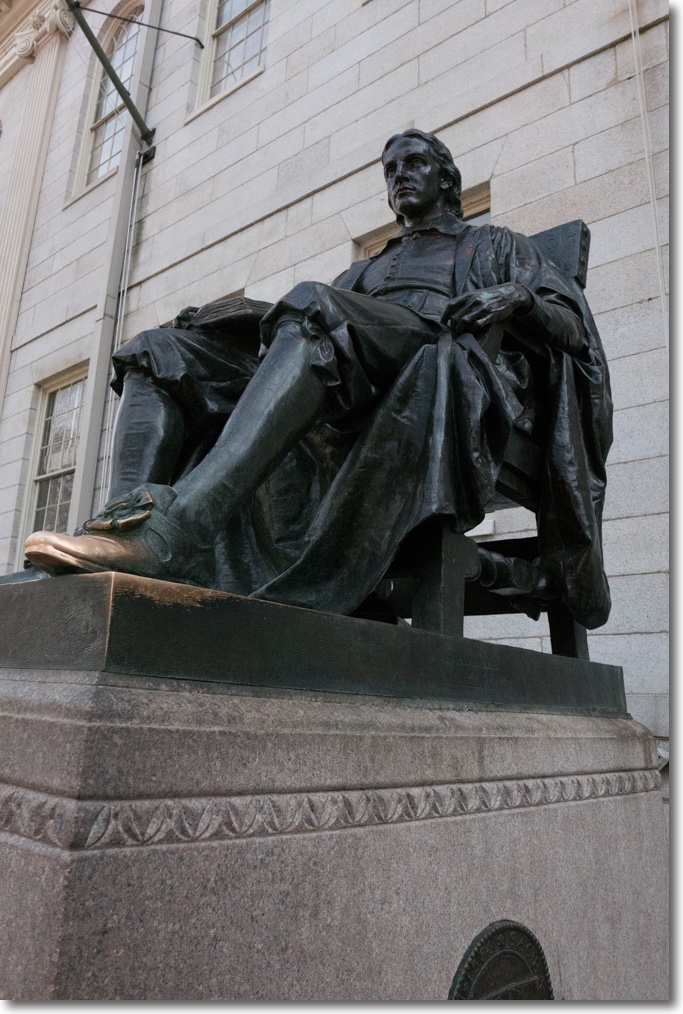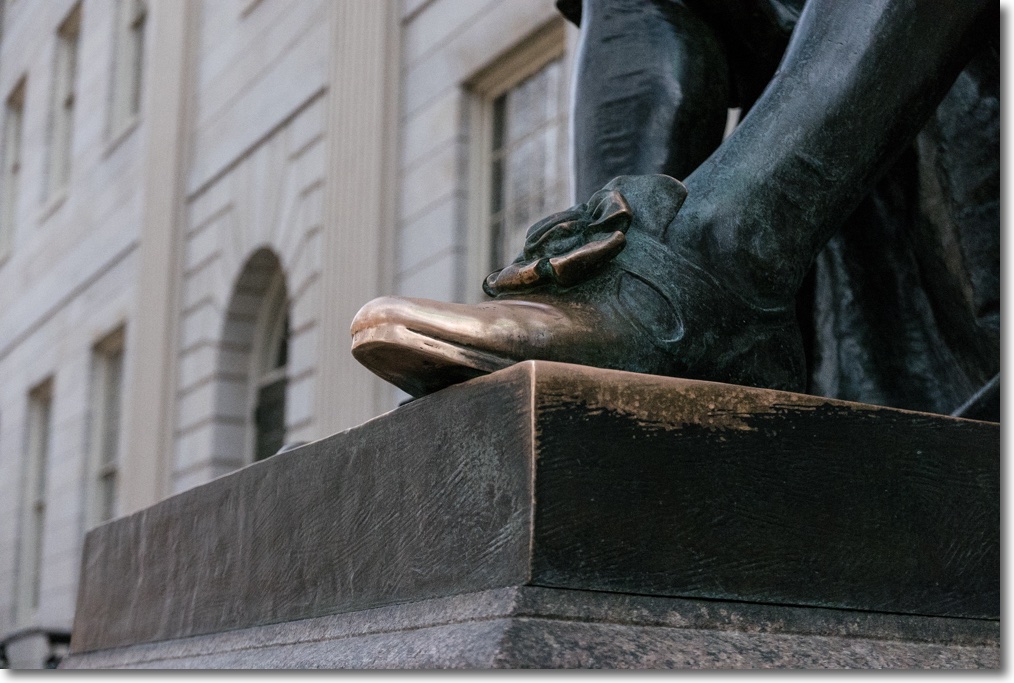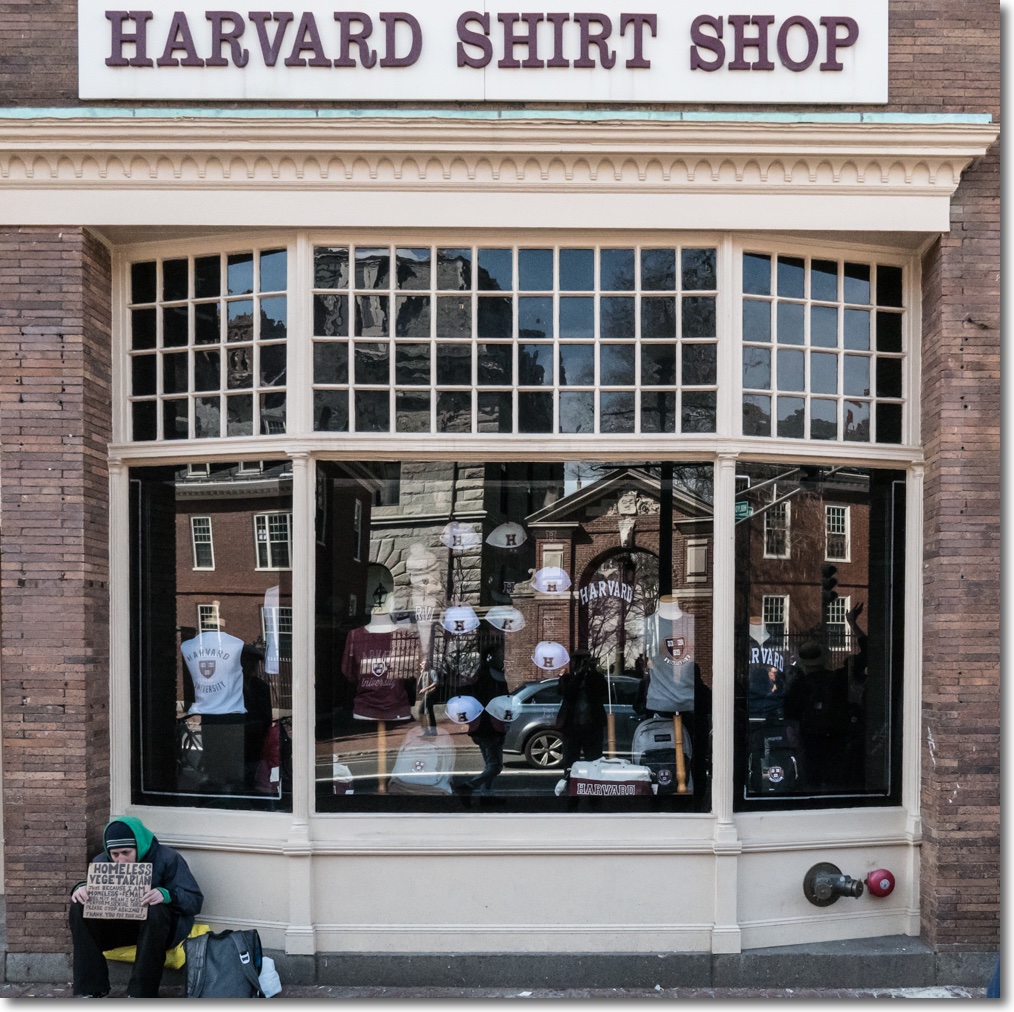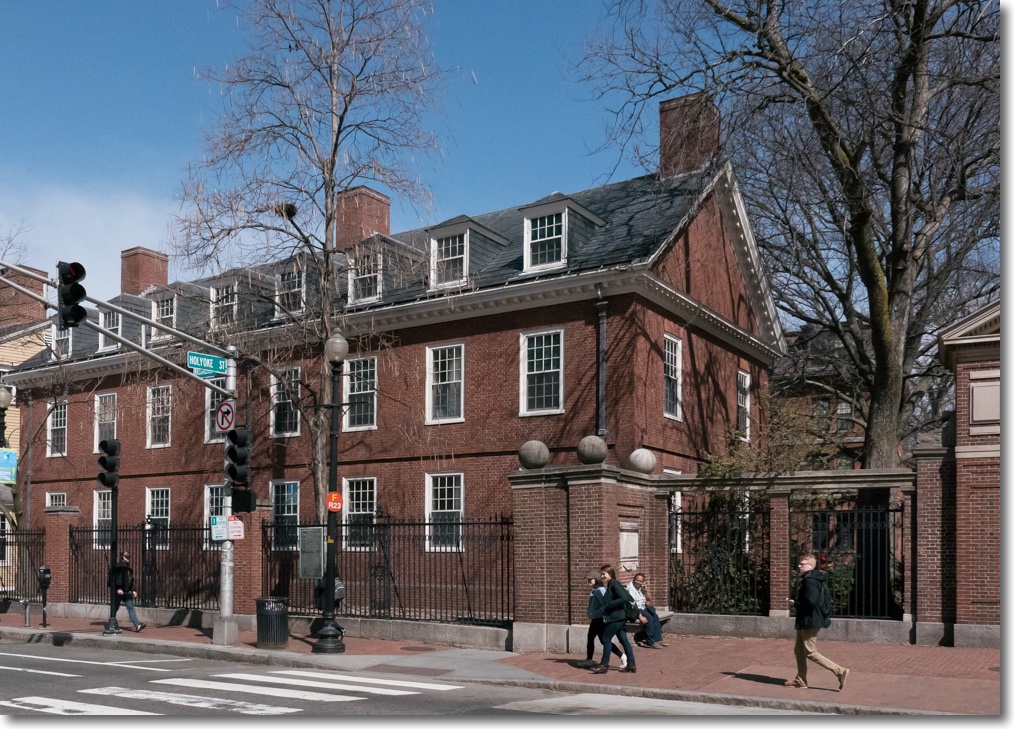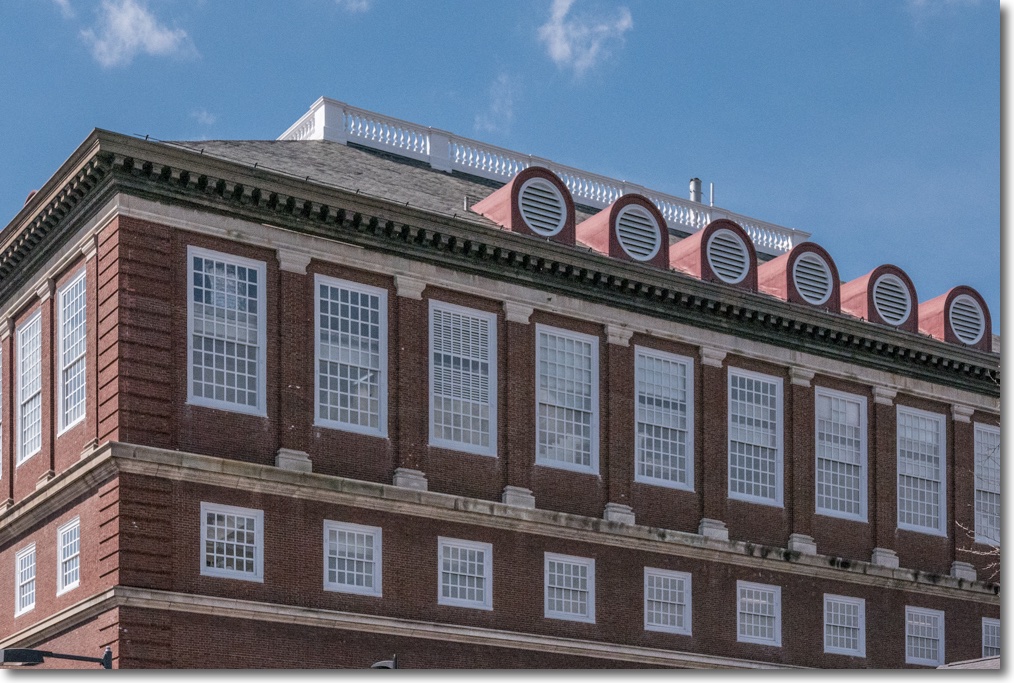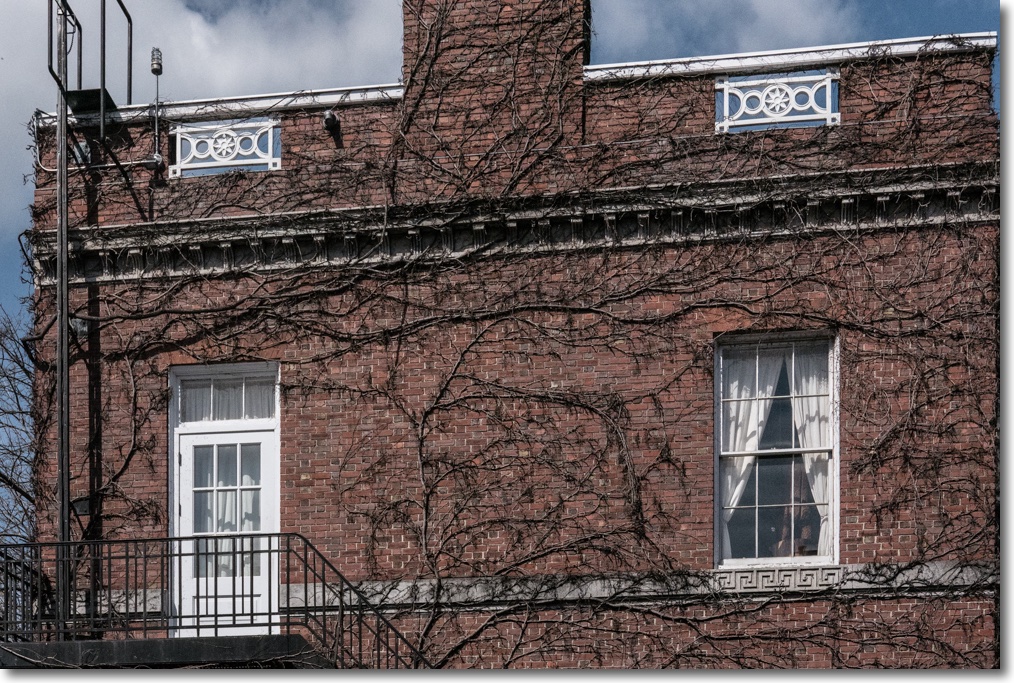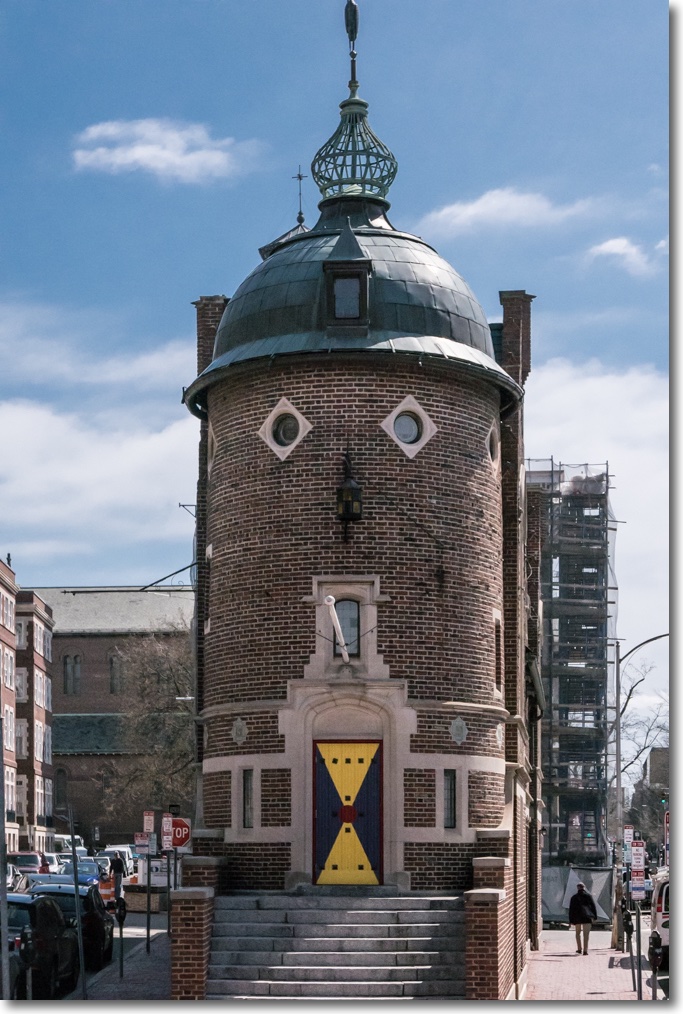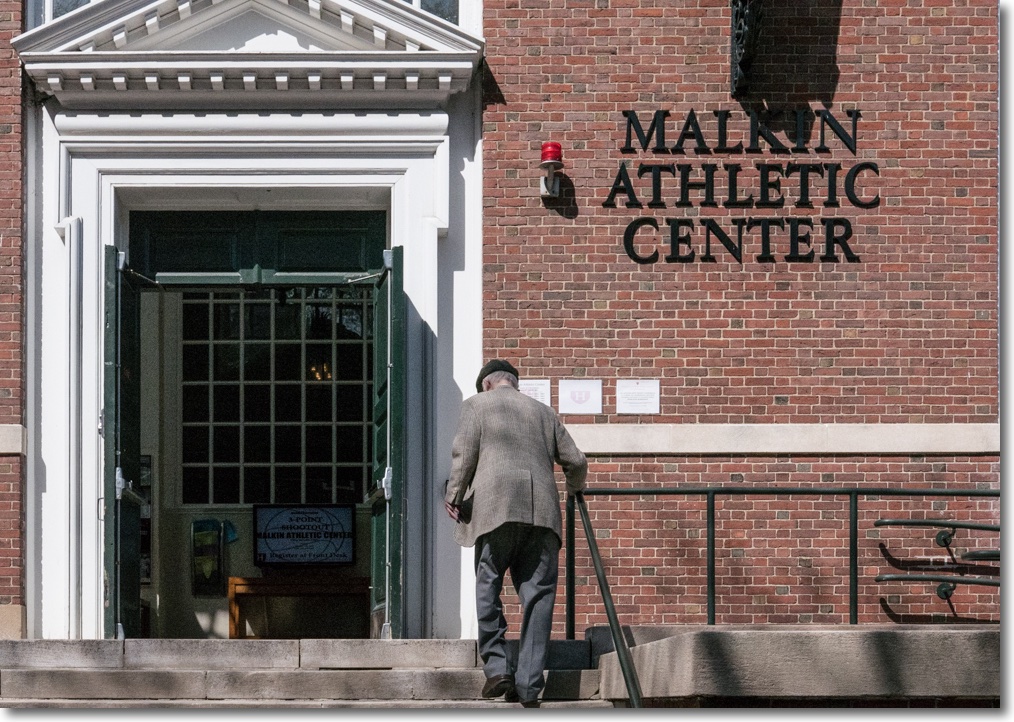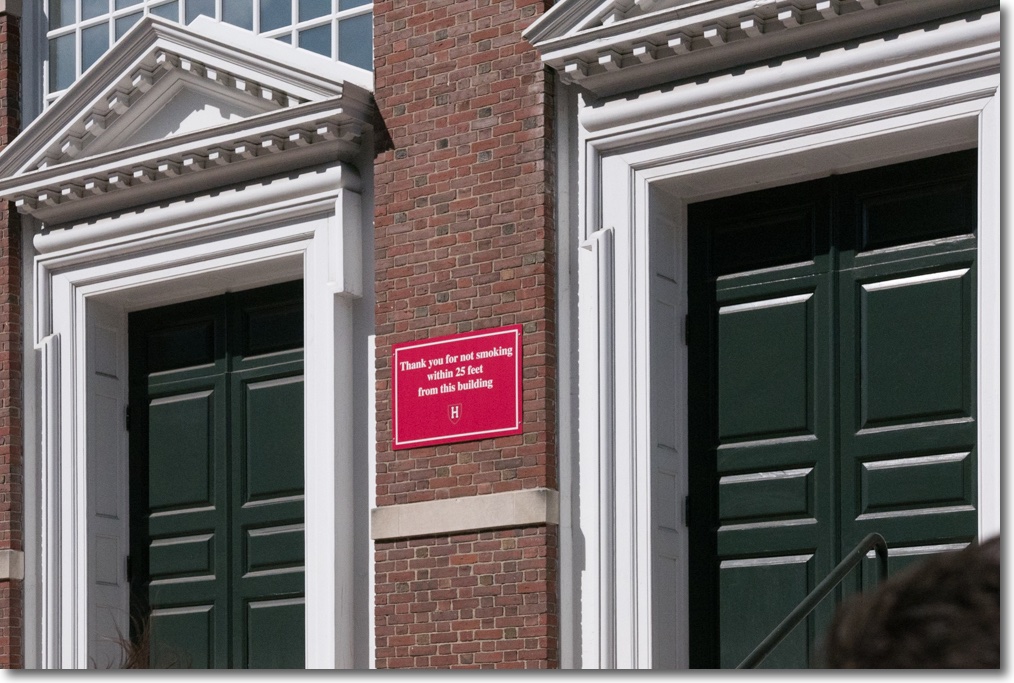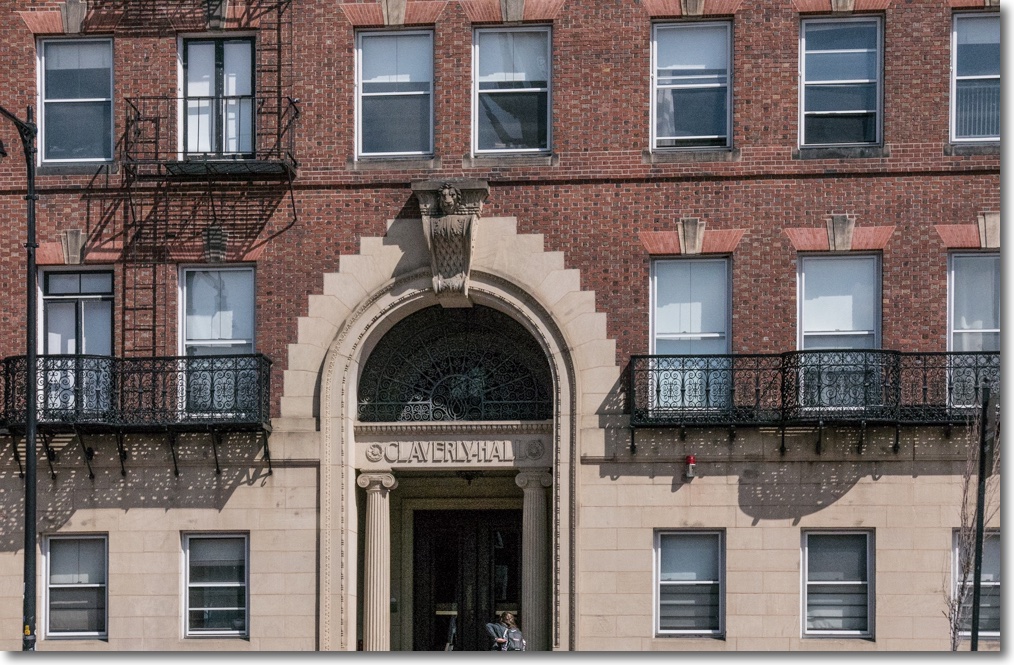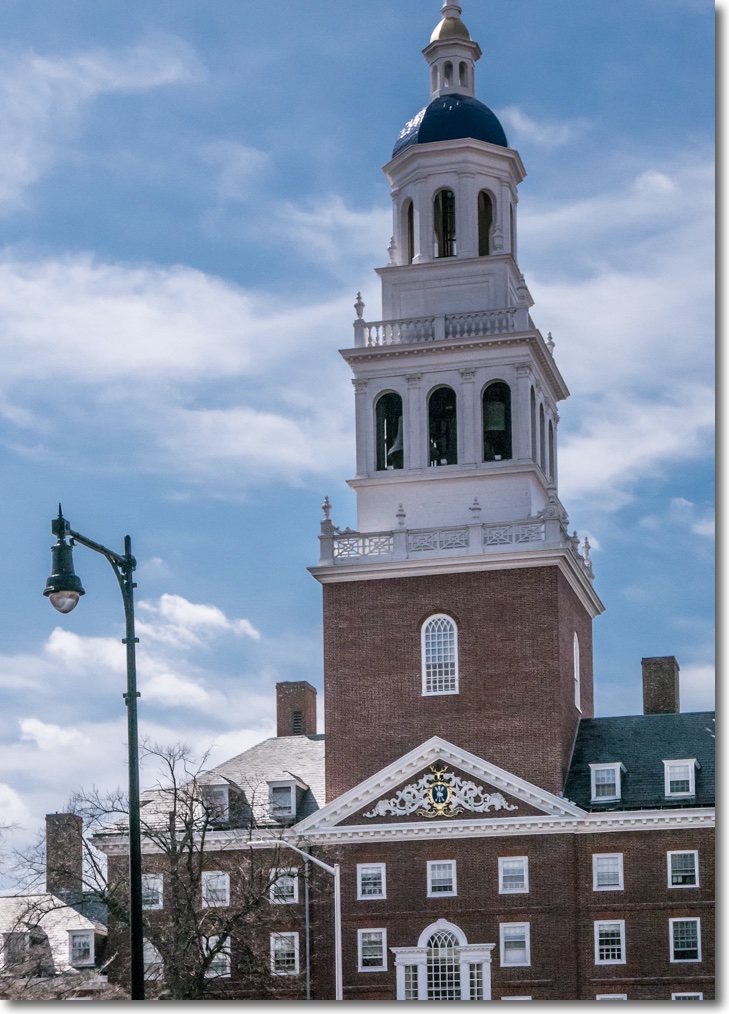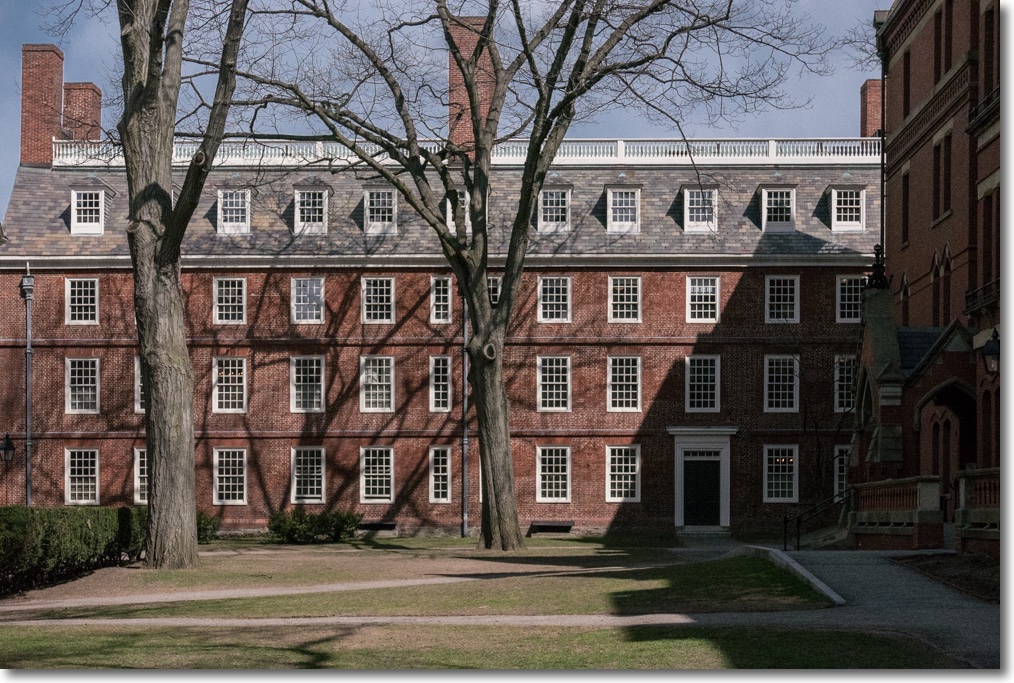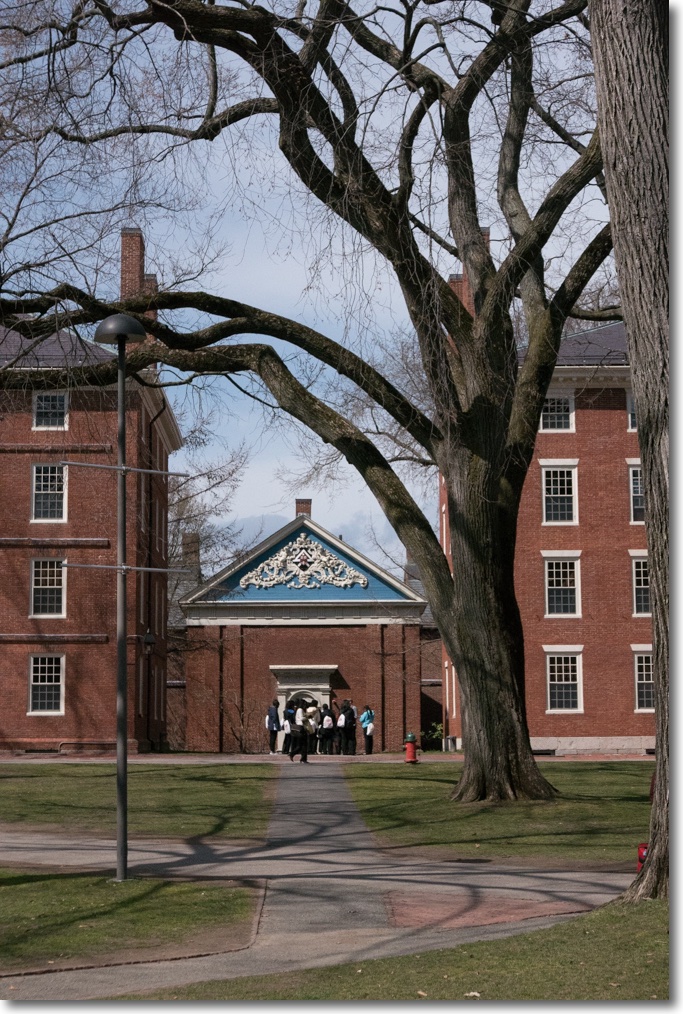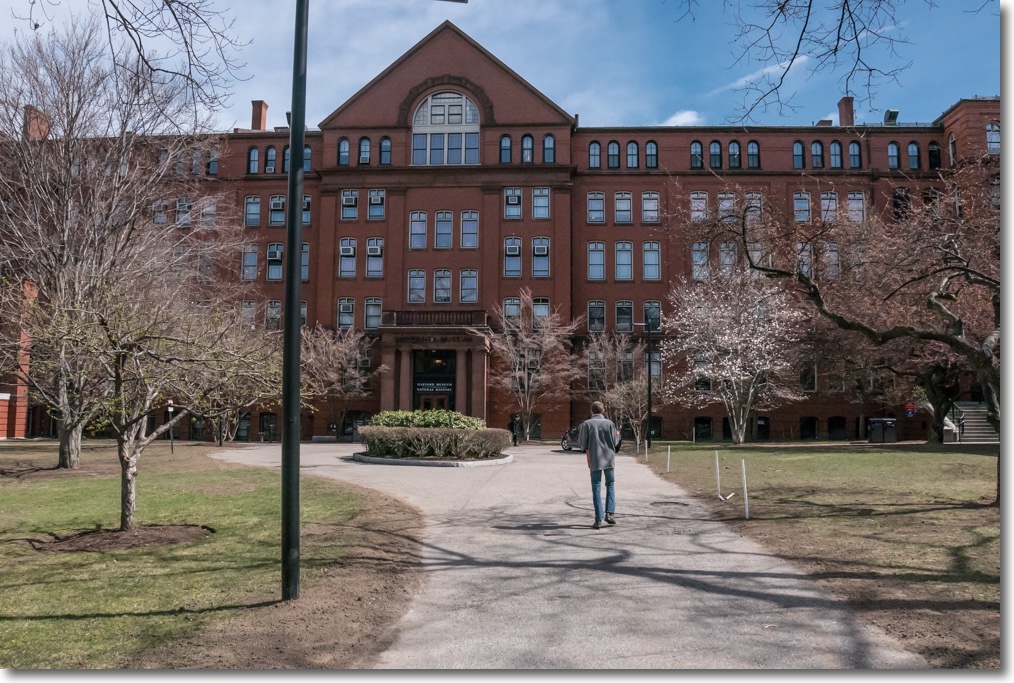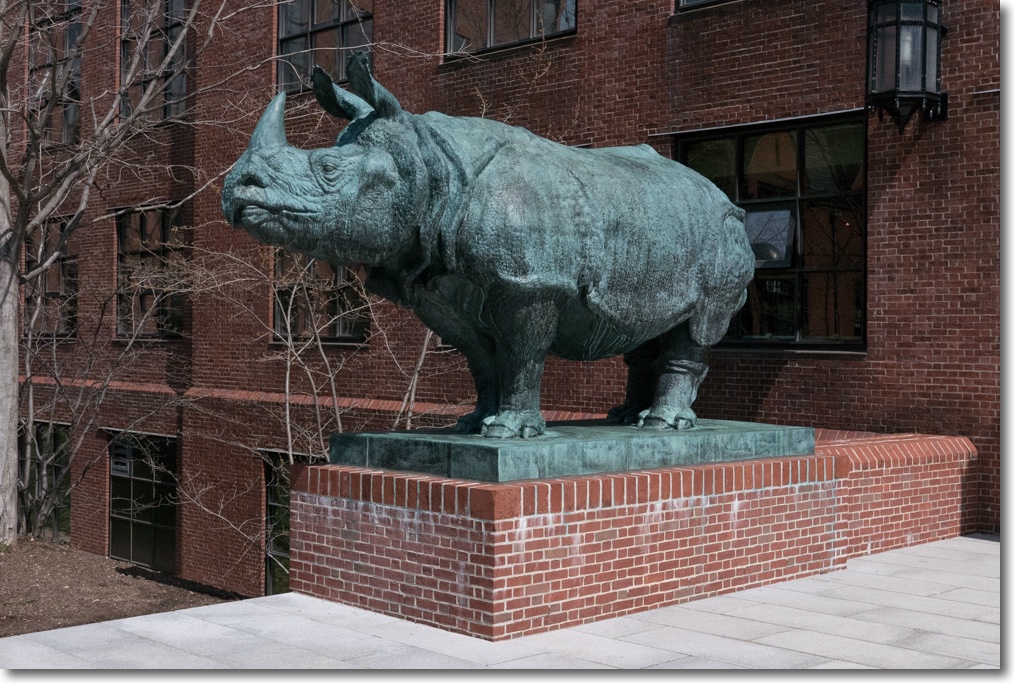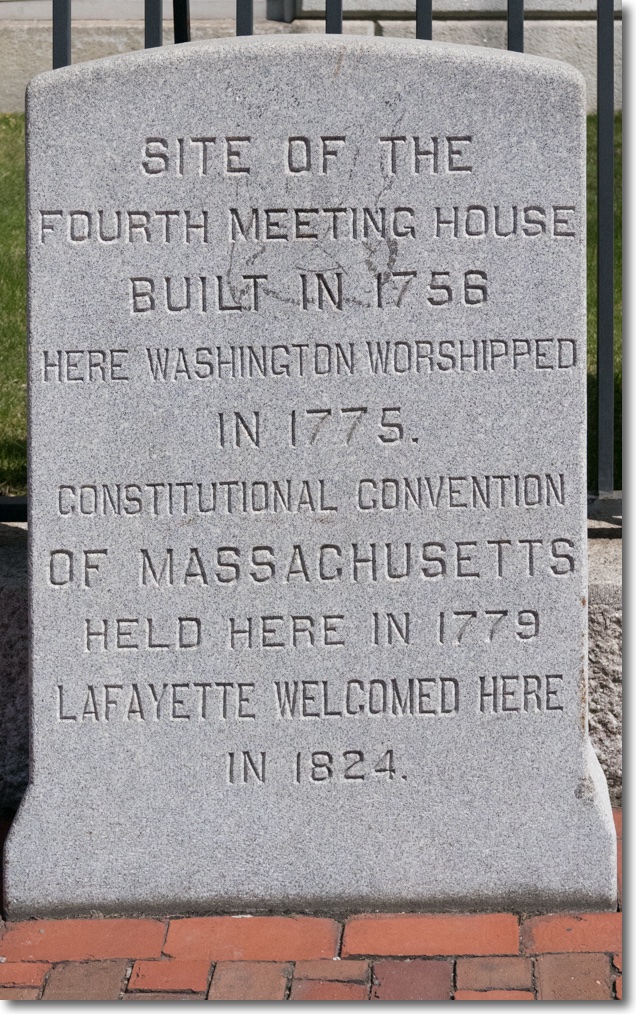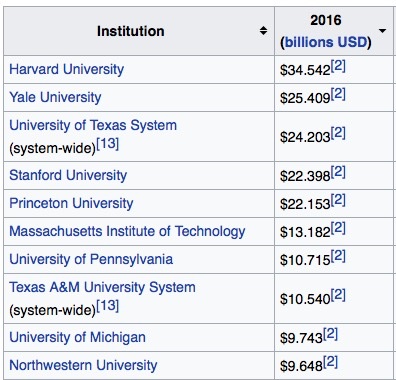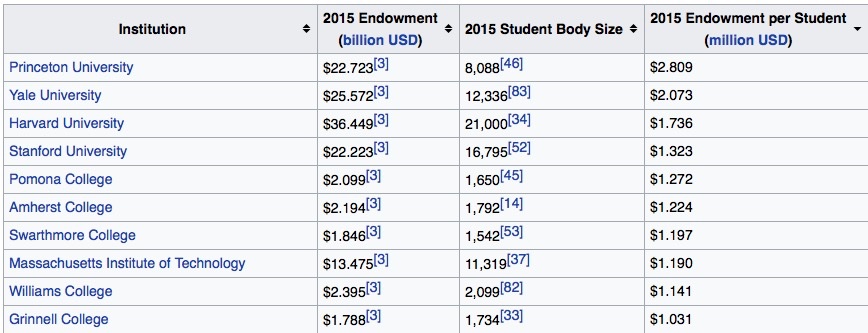Small size, high quality.
For an alphabetical index of the New England College series of pieces, click here.
The extended hiatus for this blog was caused by the author’s dedication to helping his son with preparation for the Scholastic Aptitude Test (SAT). This shakedown scheme sees hundreds of thousands of students studying millions of hours annually for a test which addresses very little taught in high school. Comprising 96 English and 58 Math questions, all but 13 multiple choice with severe time limits, it’s the key to getting an offer from a good college.
With Winston’s SAT polished off last Saturday, Tuesday found us at beautiful Haverford College just northwest of Philadelphia. The pristine setting of this Little Ivy comprises an arboretum of 216 acres, open to all. The school was founded by Quakers in 1833 and admits just 1350 undergraduates. That’s a fraction of that of the Big 8 Ivies yet there are no concessions to academic standards, with just eight students per faculty member. There are no teachers’ assistants instructing classes – you get the real thing for your tuition dollar. 5 Nobel laureates, 6 Pulitzer Prize winners, 20 Rhodes and 104 Fulbright scholars hail from Haverford, where the most popular majors are English Literature, Biology and Economics. All students live on campus, testifying to the tightly knit undergraduate body …. and the less than impressive Philadelphia surroundings.
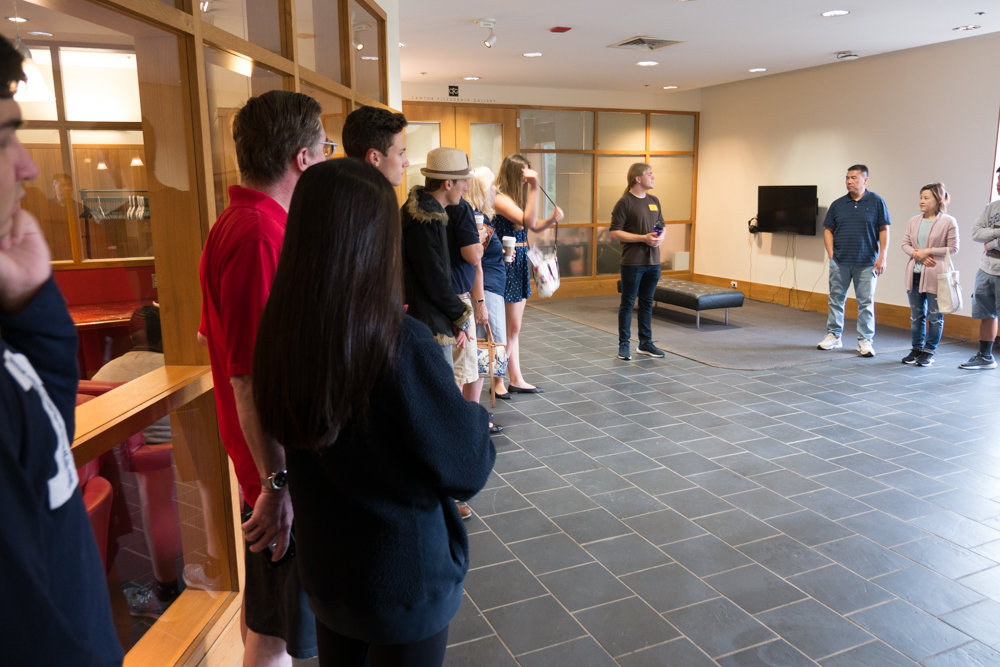
Our tour begins. WInston is wearing the hat.
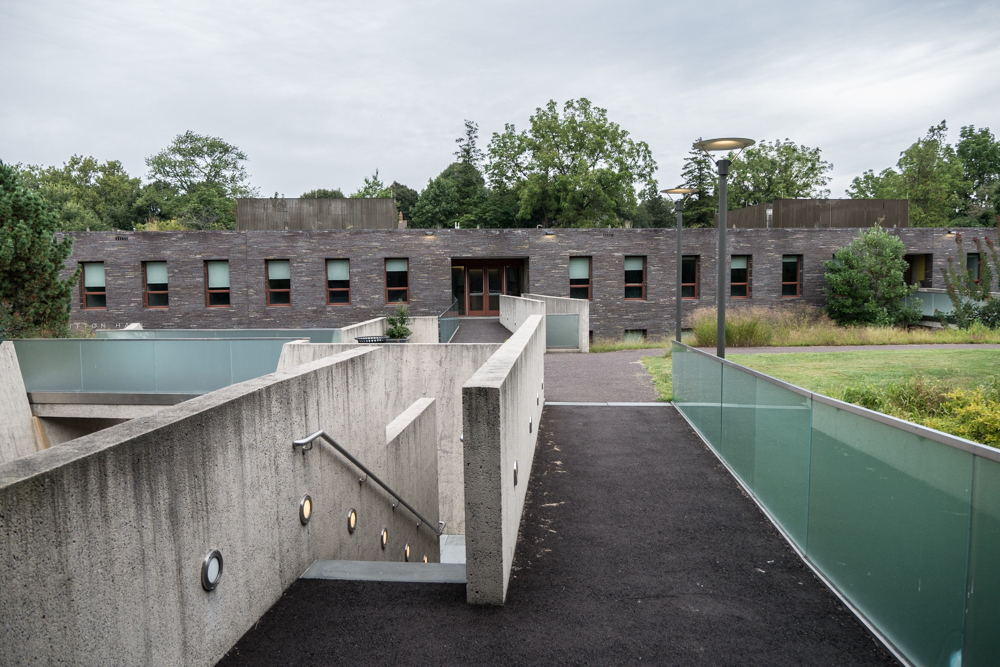
Campus housing may not look great but it’s clean and modern inside. All dorms are co-ed.
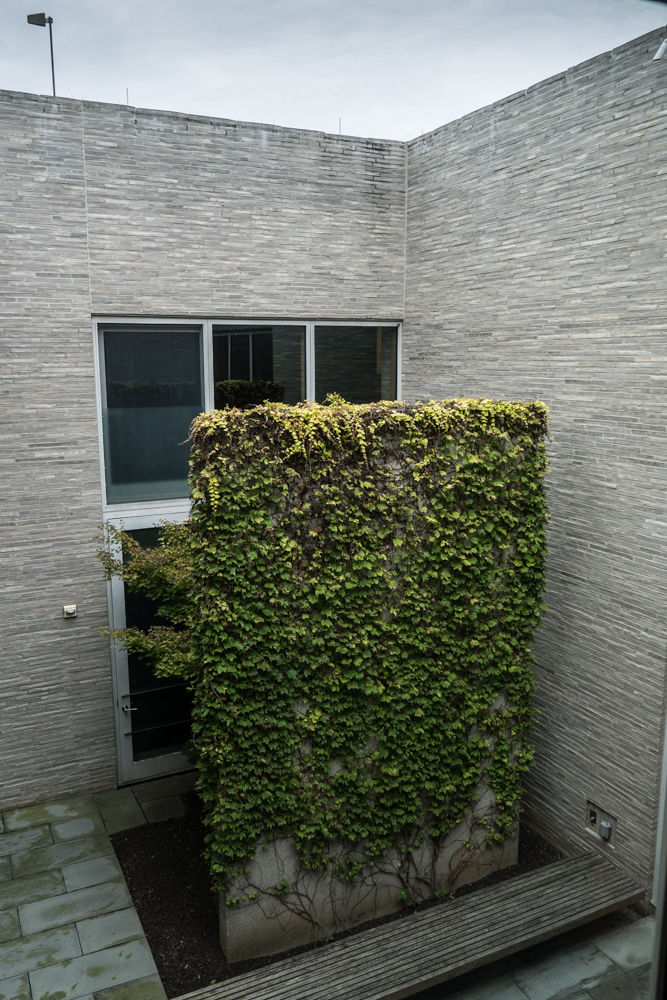
Arboretum abstract.

Study areas did not look like this when I was a kid.
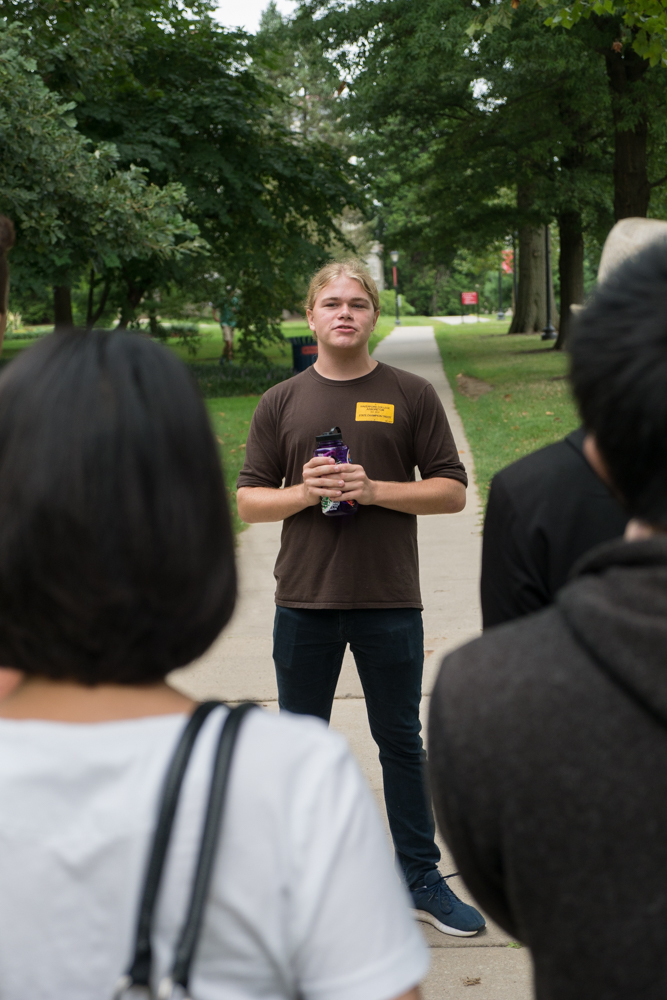
Our guide is a philosophy Junior.
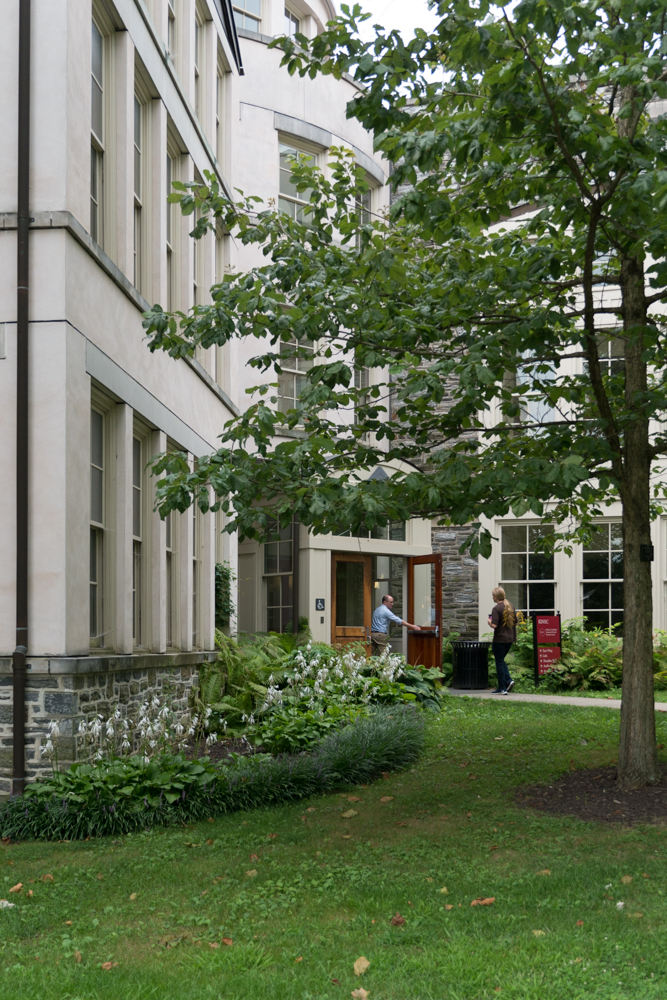
Arboretum setting.
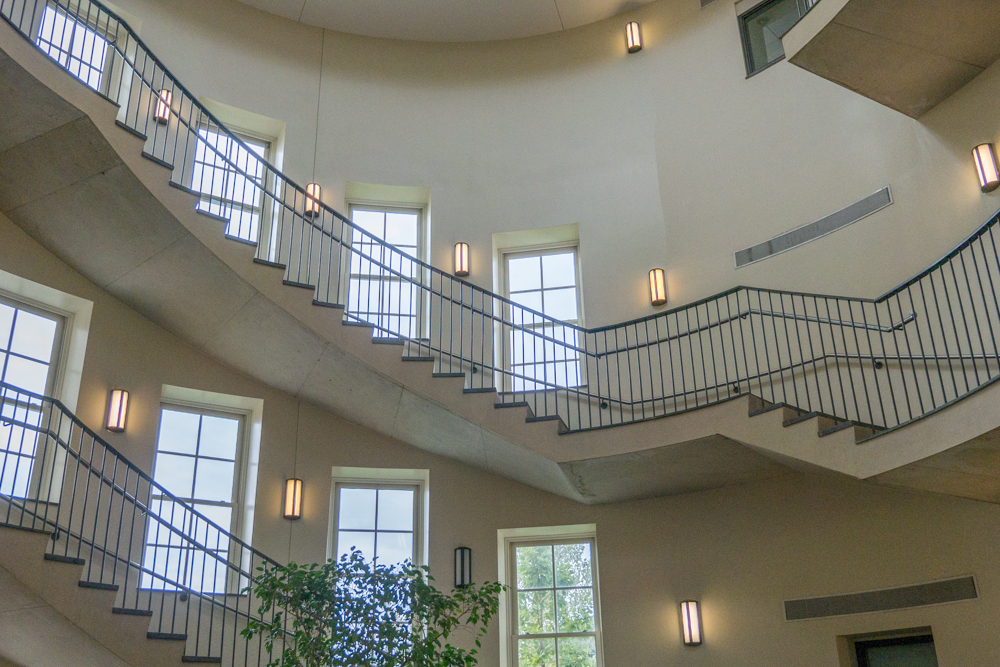
Beautiful interior of the Marion E. Koshland Integrated Natural Sciences Center.
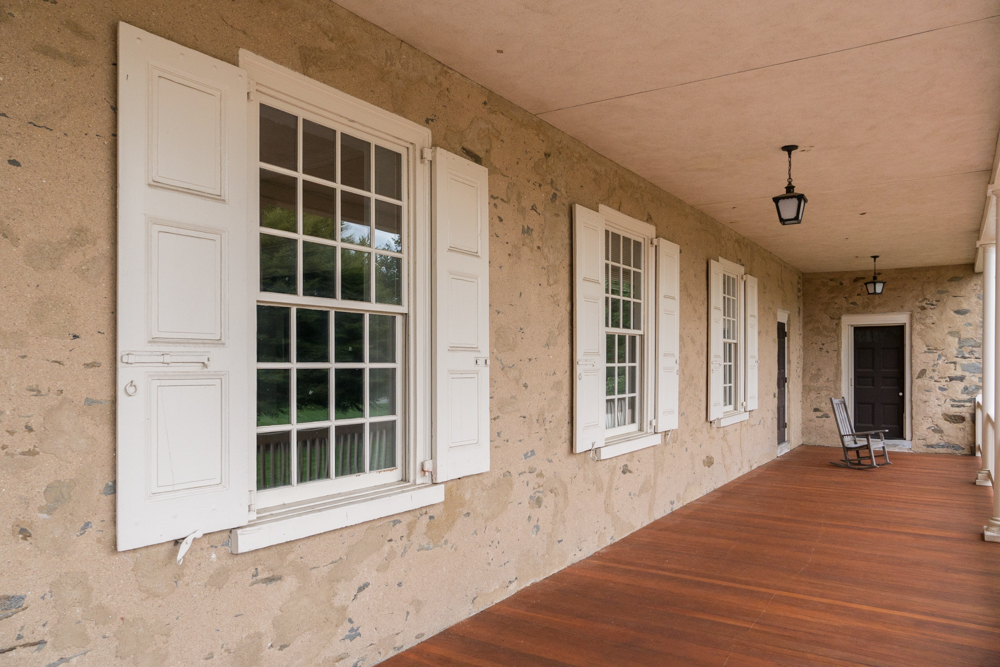
Classic northeastern architecture. The campus is in superb repair throughout.
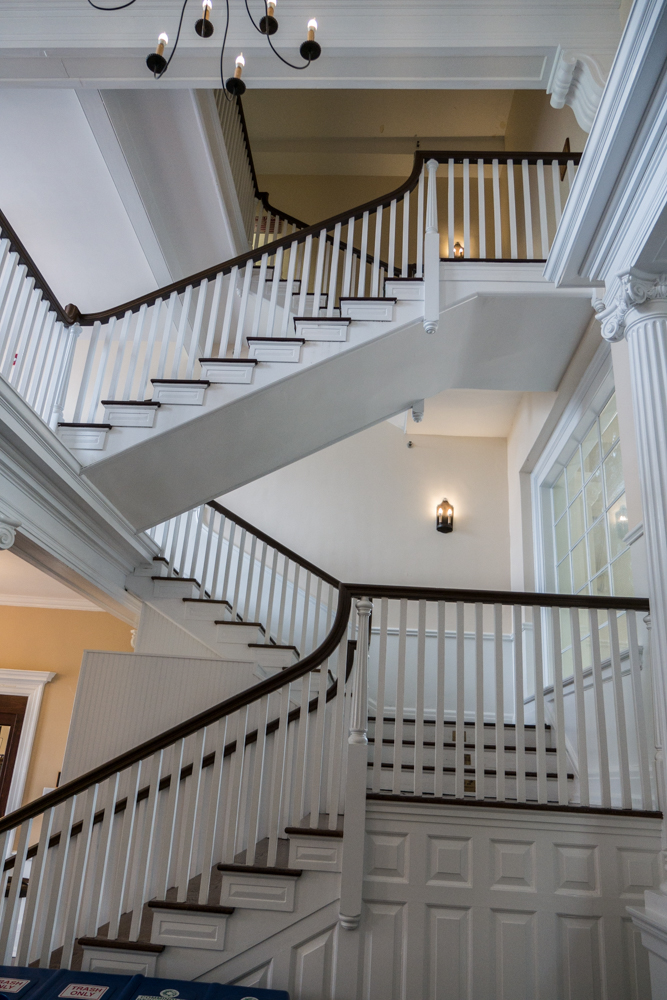
Exquisite balustrade inside Founders’ Hall.
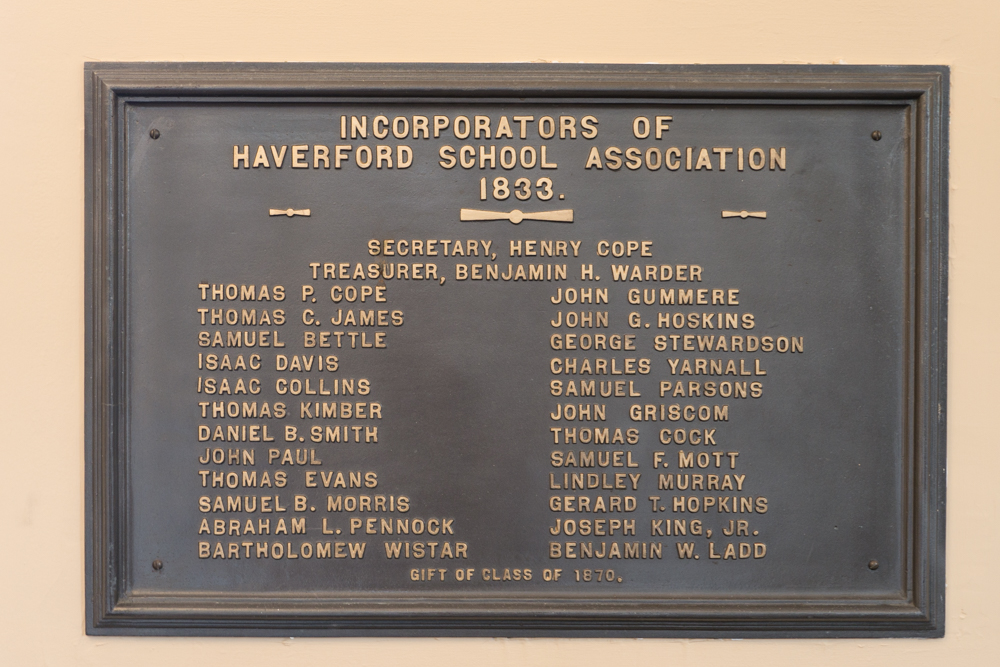
Quaker roots. Haverford is now a secular school – alumni include former Goldman Sachs co-chair John Whitehead.
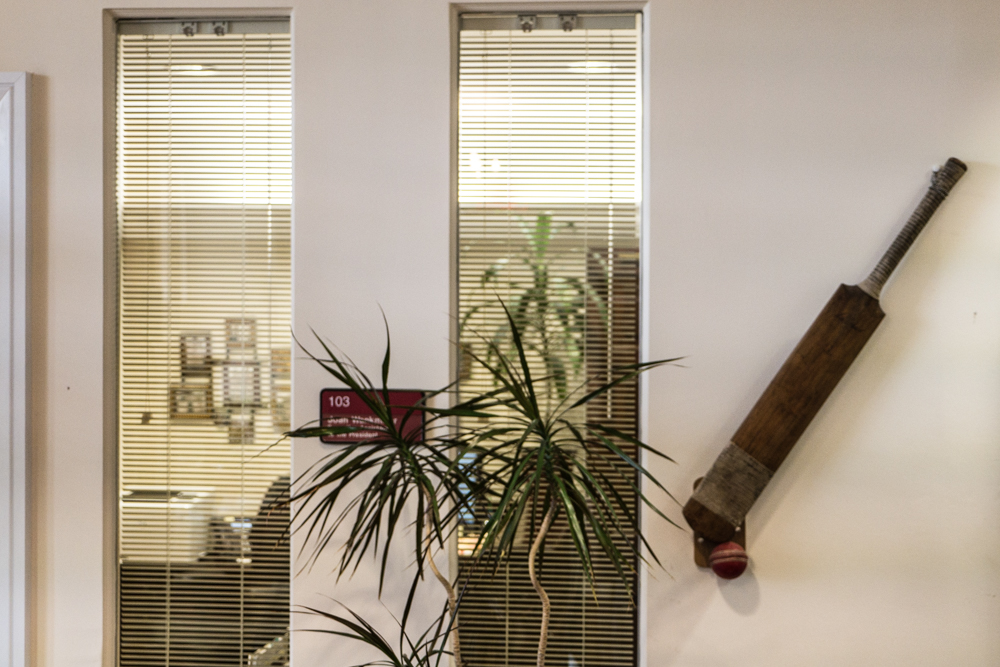
As befits a truly civilized school, Haverford students play cricket.

An academic setting – no Greek life, no wild parties. You are here to learn.
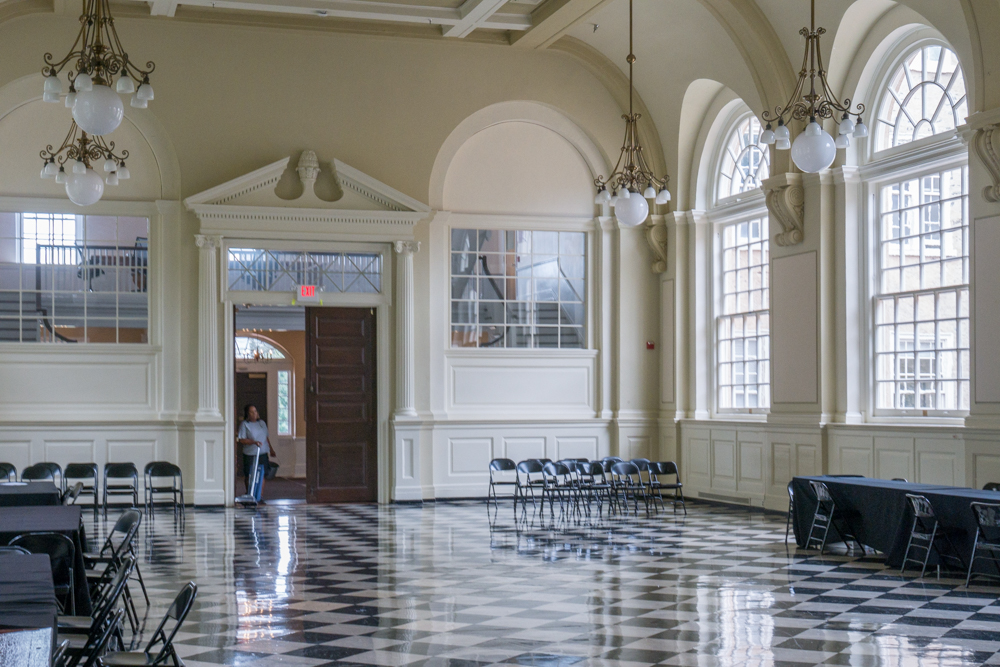
In gorgeous Founders’ Hall. Note the Chippendale pediment.
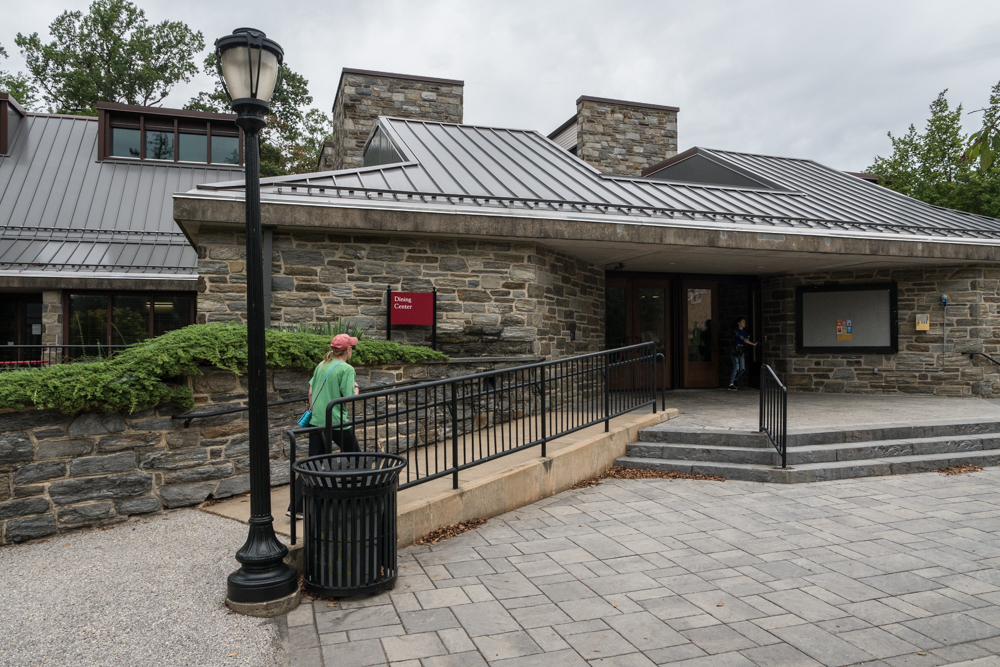
The dining hall – sushi, vegetarian, Kosher and Halal options are all available.
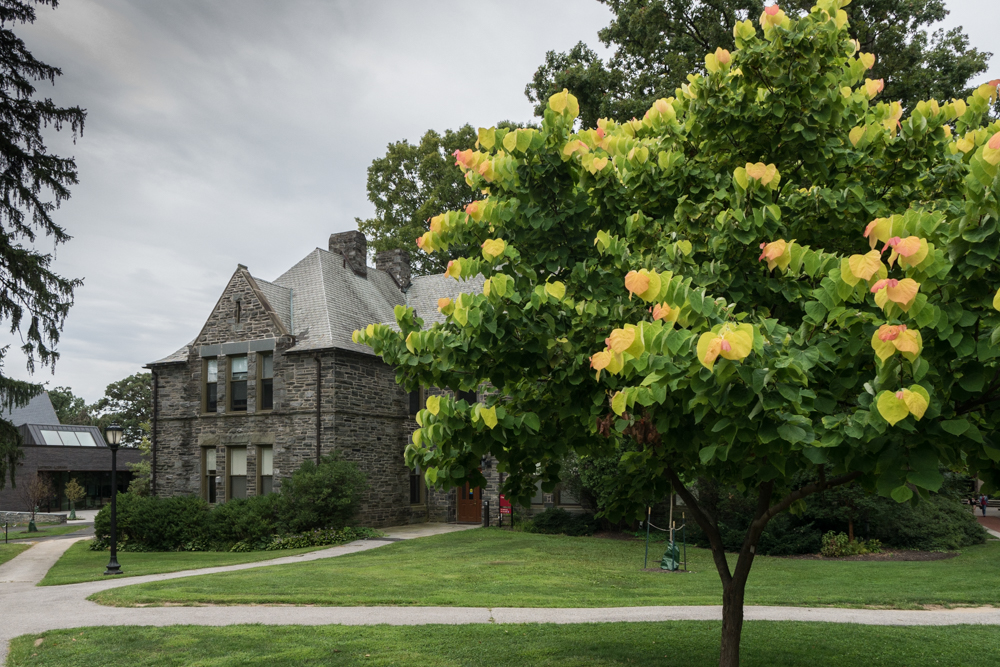
Another part of the arboretum setting.
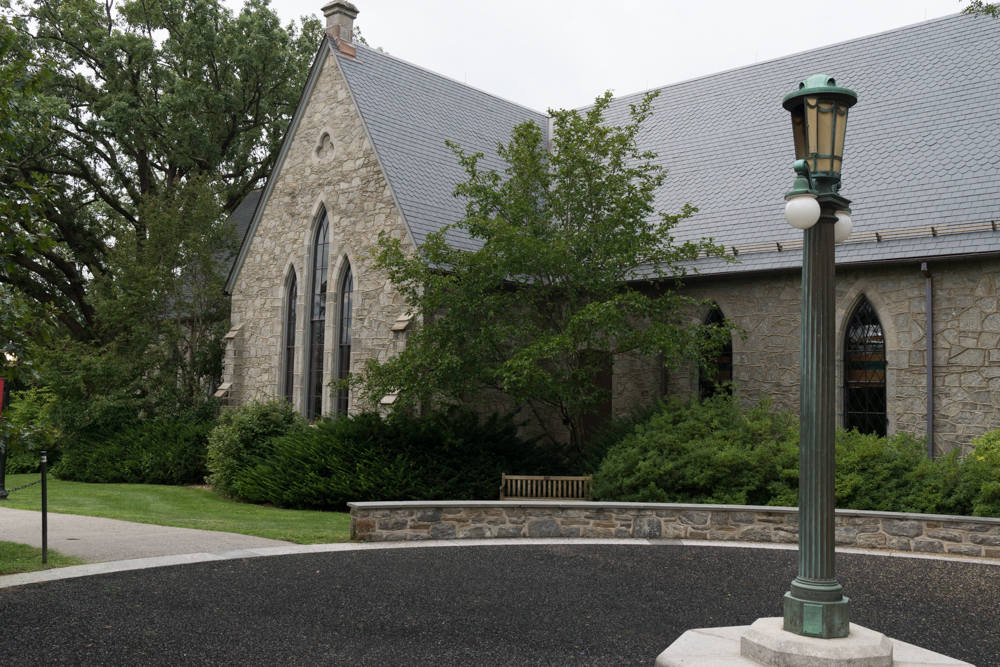
The Memorial Chapel.
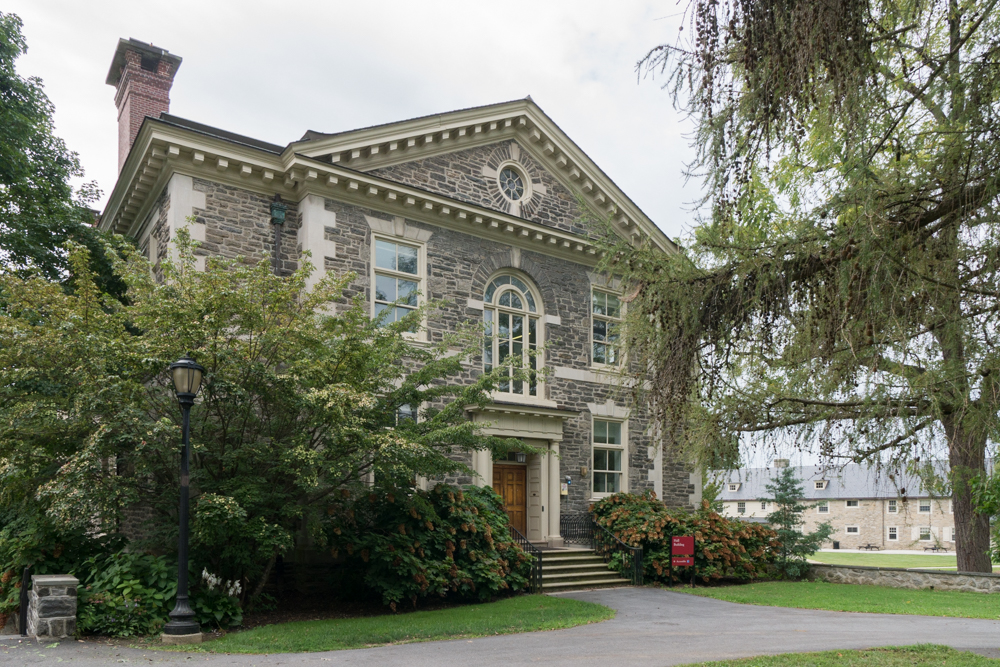
The same stone is used throughout, making for an integrated whole.
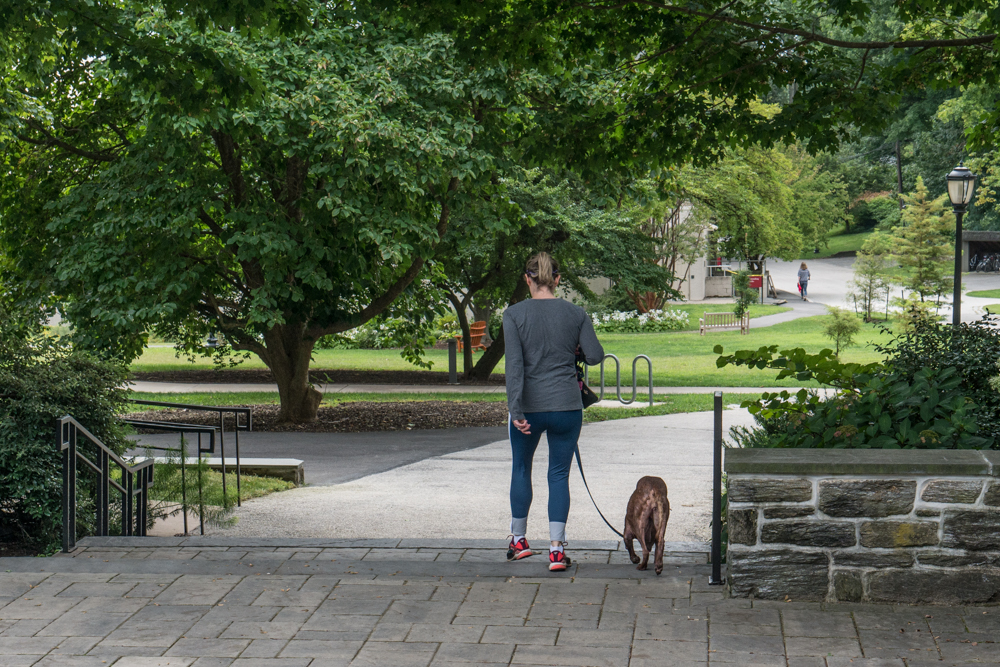
Dogs – and non-students – are welcome to enjoy the grounds.
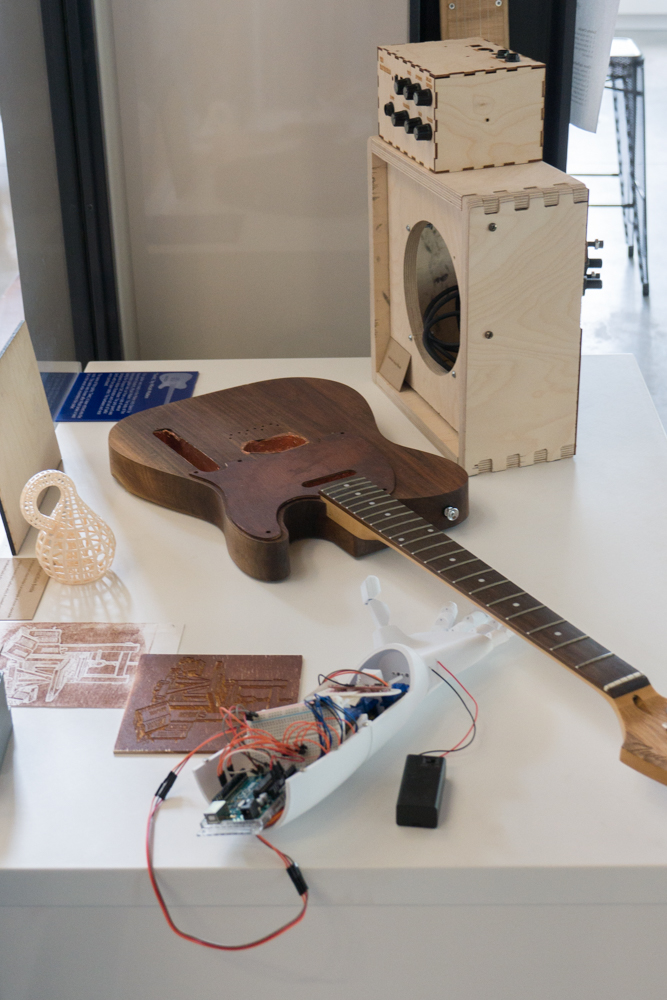
In the woodworking shop. I have seen better dovetail joints!
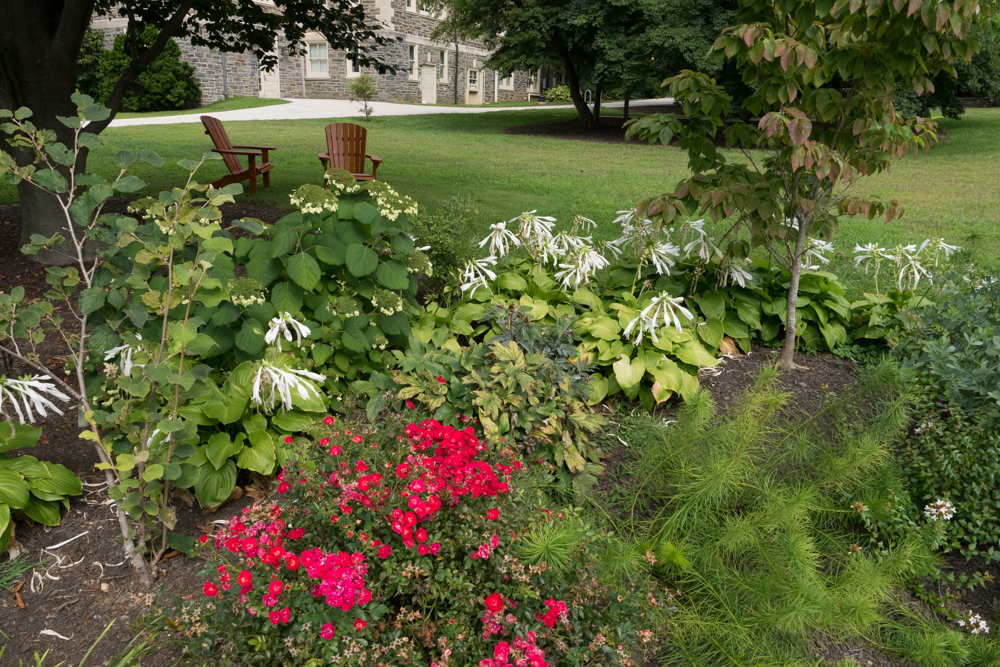
Flowers galore.
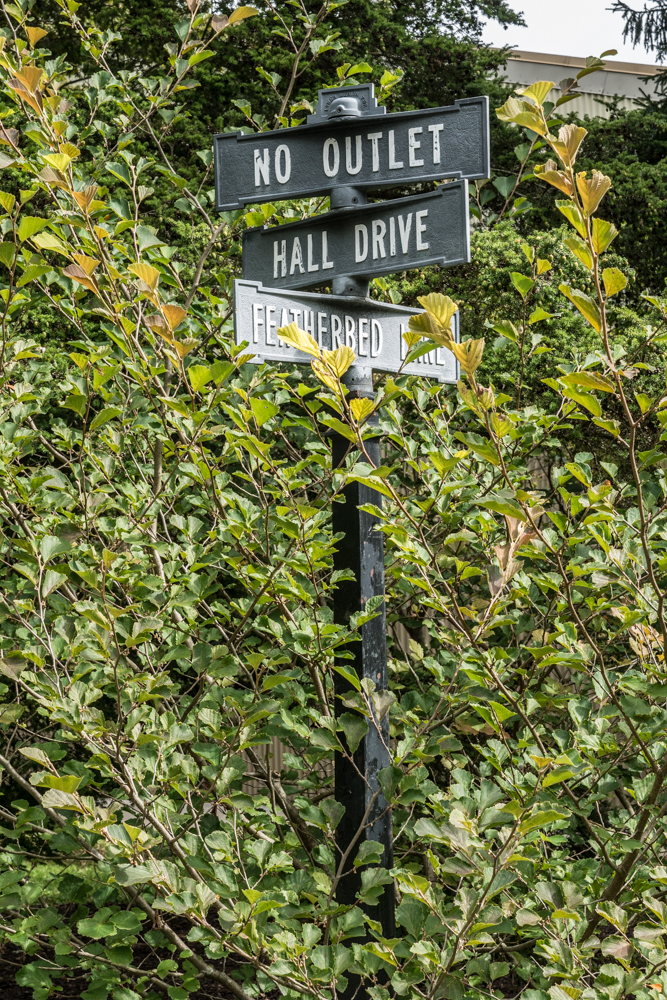
No academic featherbed, this.
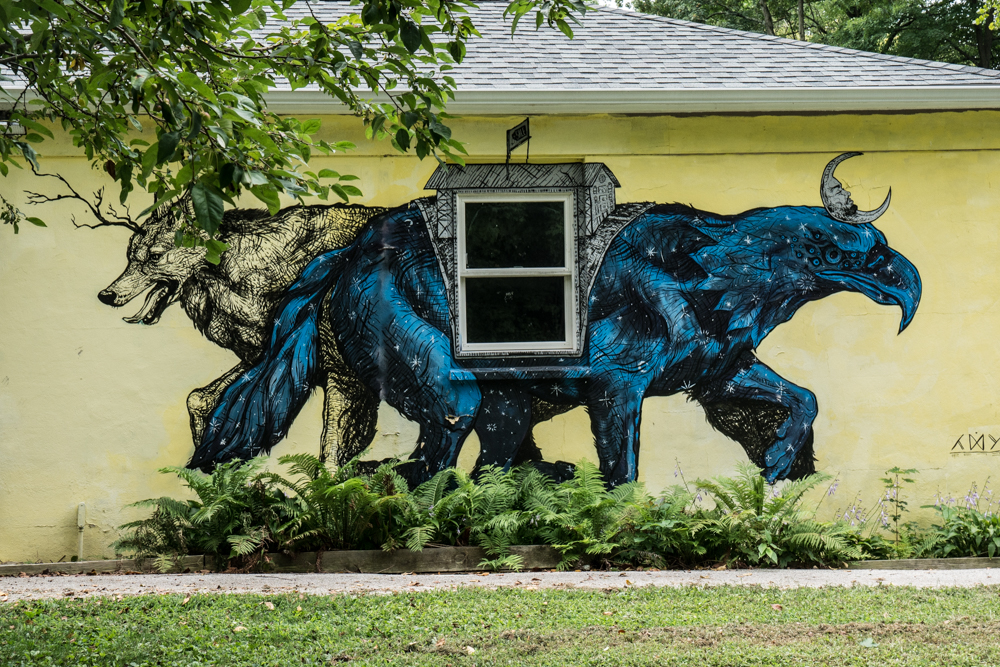
James House is a non-curricular space for students to express their artistic drive.
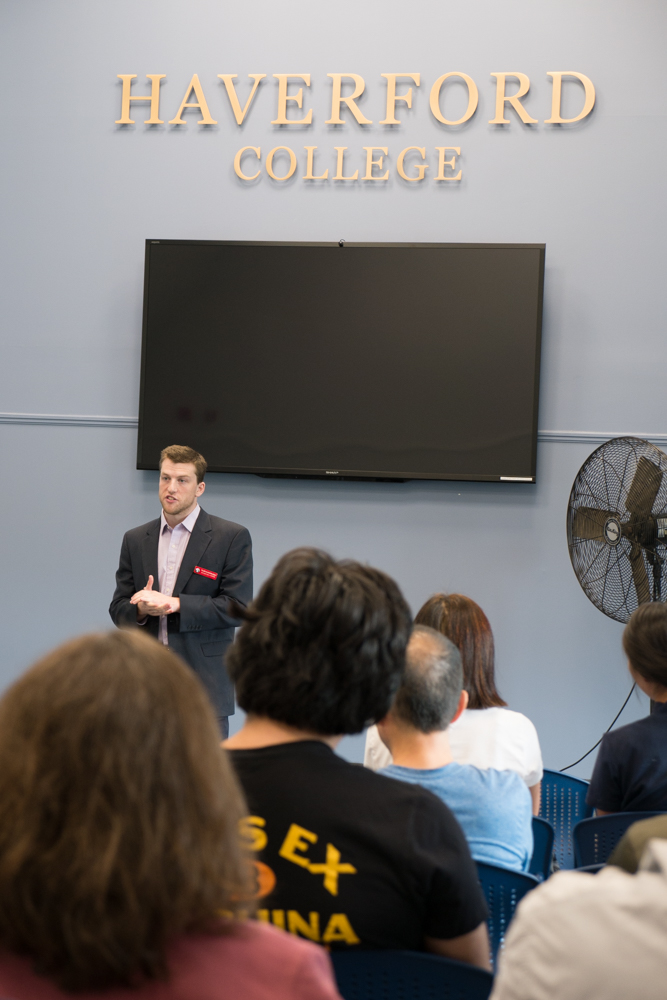
Attending the informational session – conducted by a Swarthmore grad!
Haverford is well endowed at $522 million or $385,000 a student. A frequent shuttle service connects students with Bryn Mawr and Swarthmore. You can take your major at these schools while a student at Haverford, which speaks to leverage of the brainpower of three academic exemplars. Unsurprisingly, admission requirements are similar for all three.
